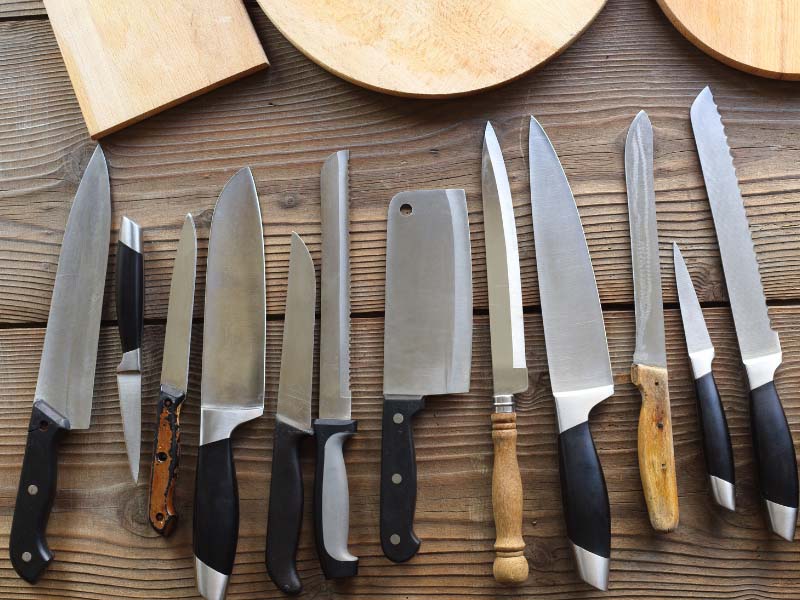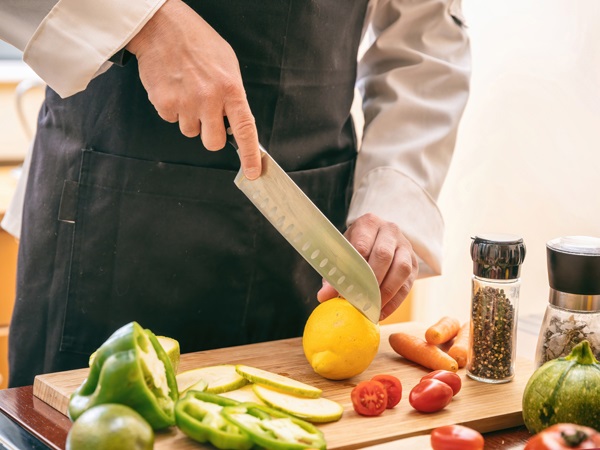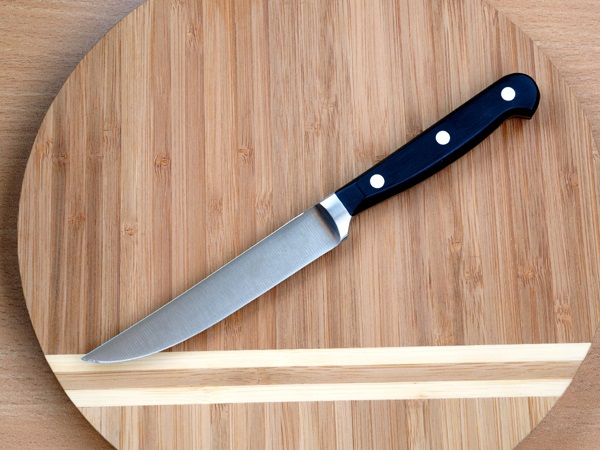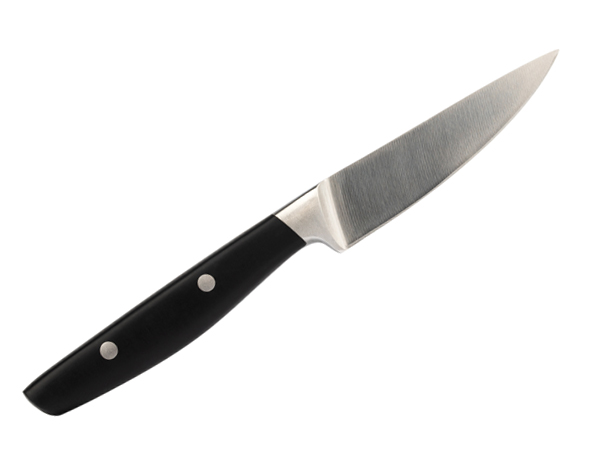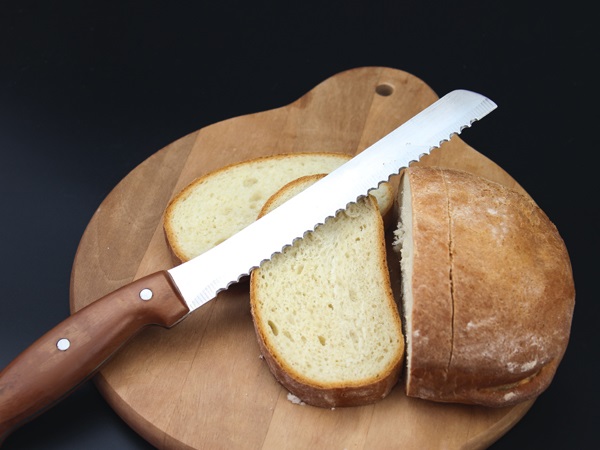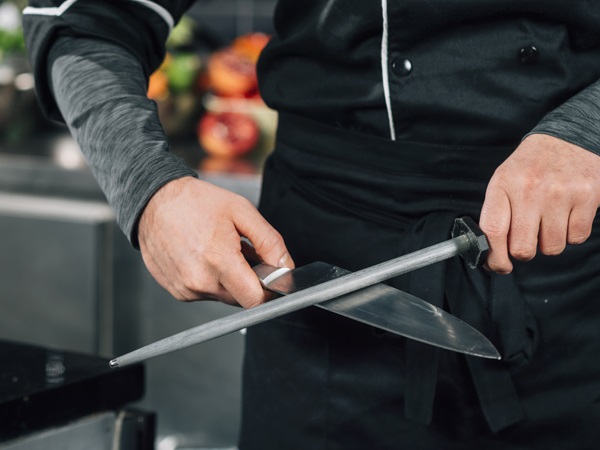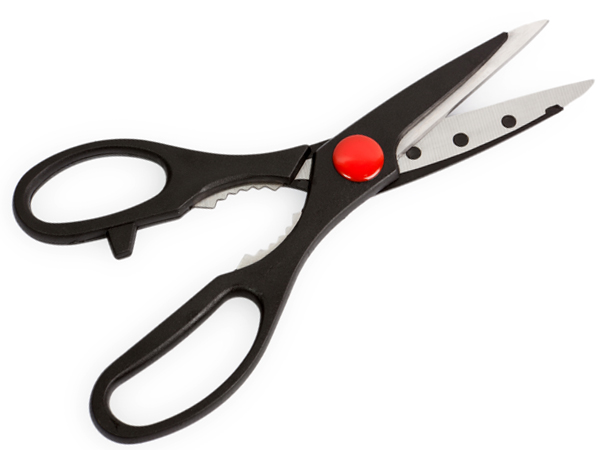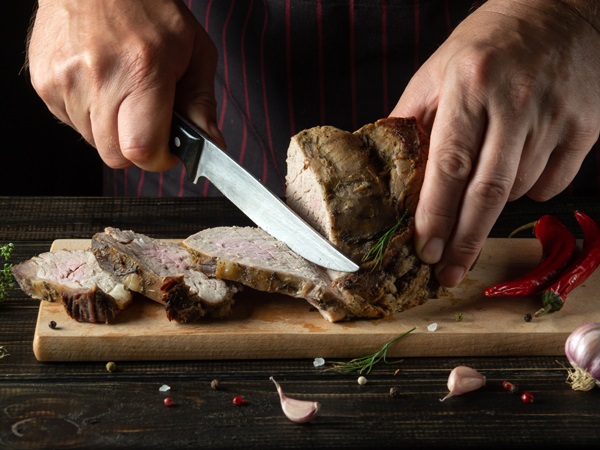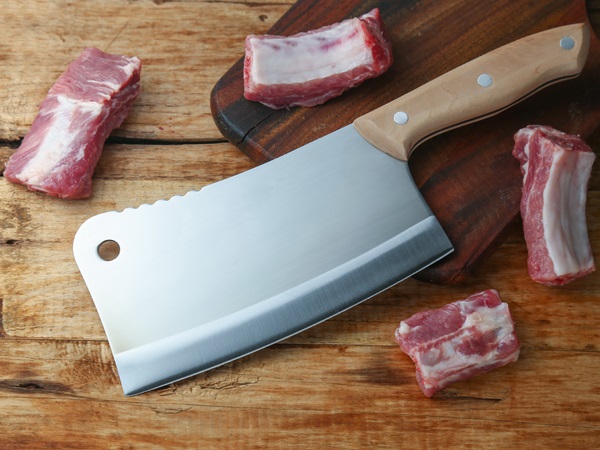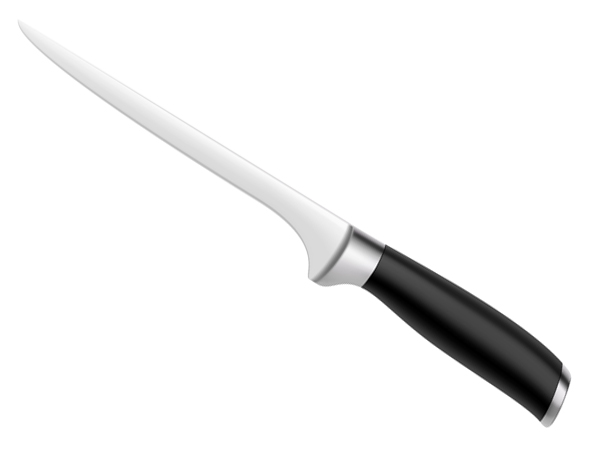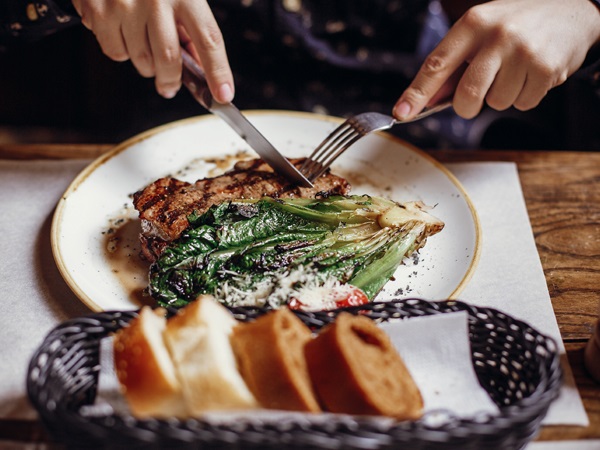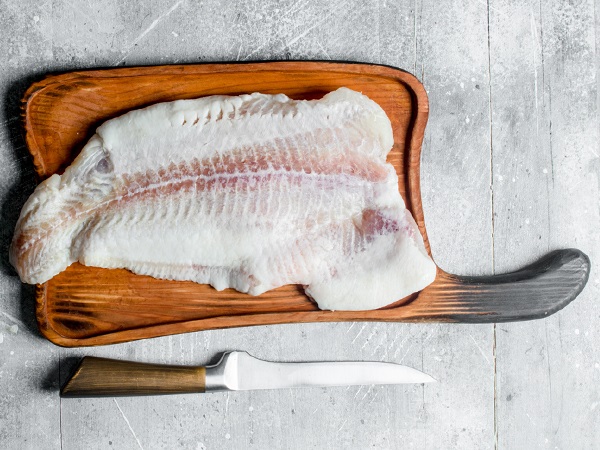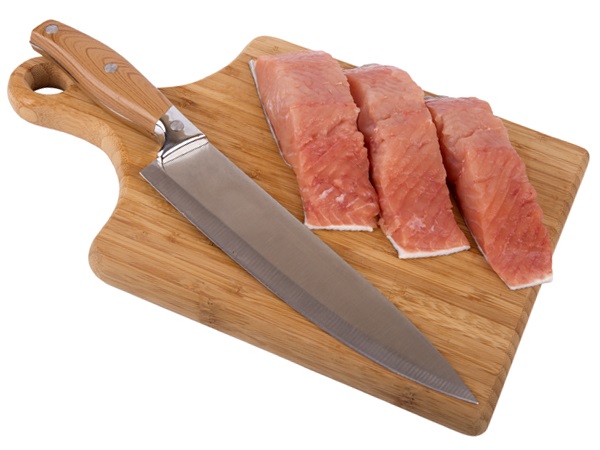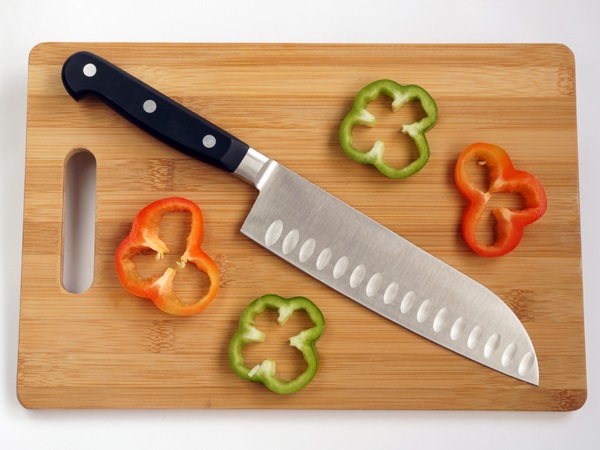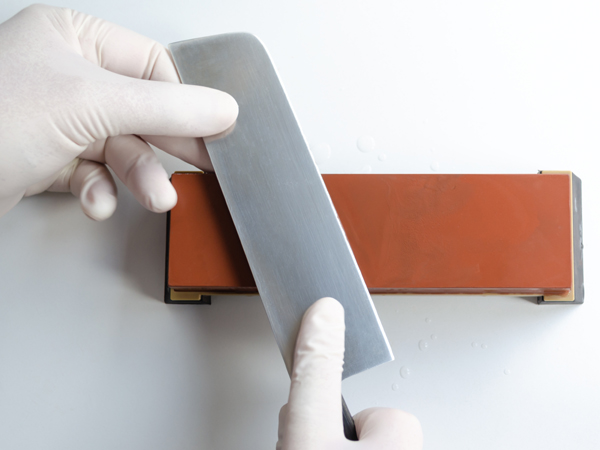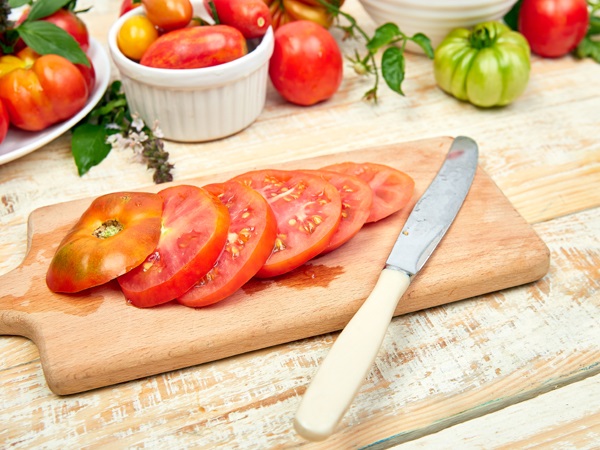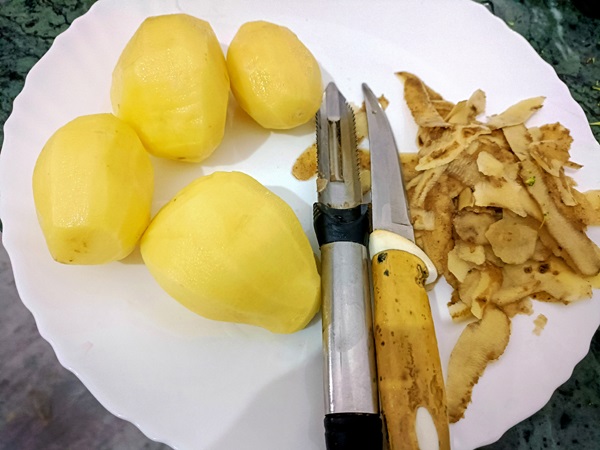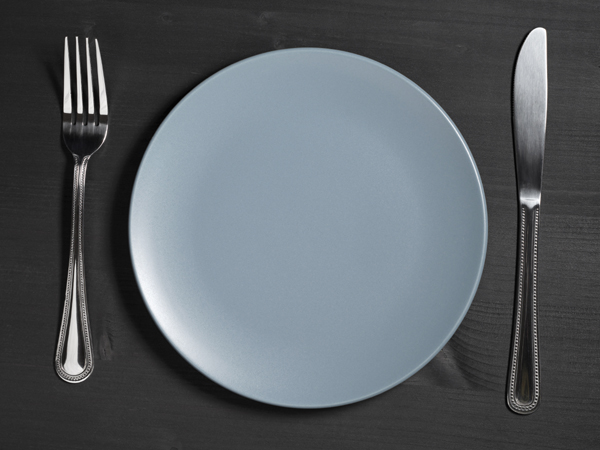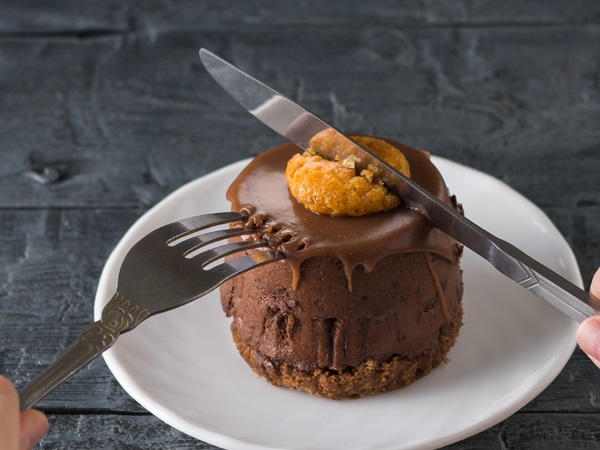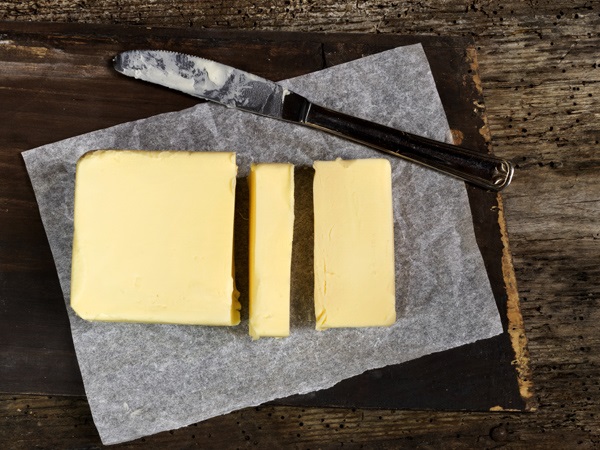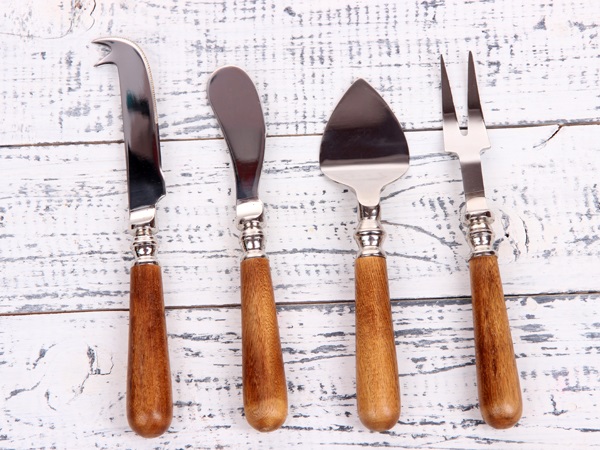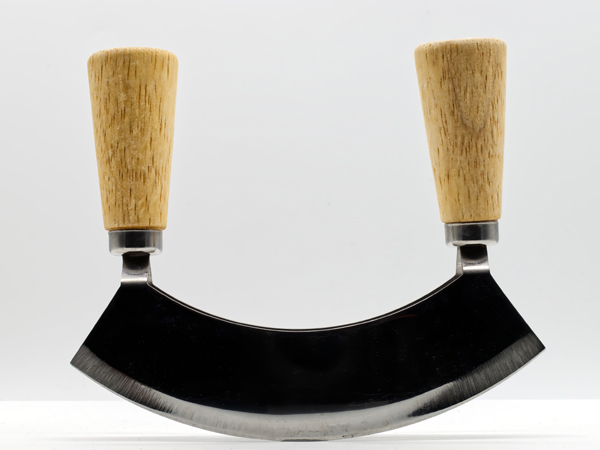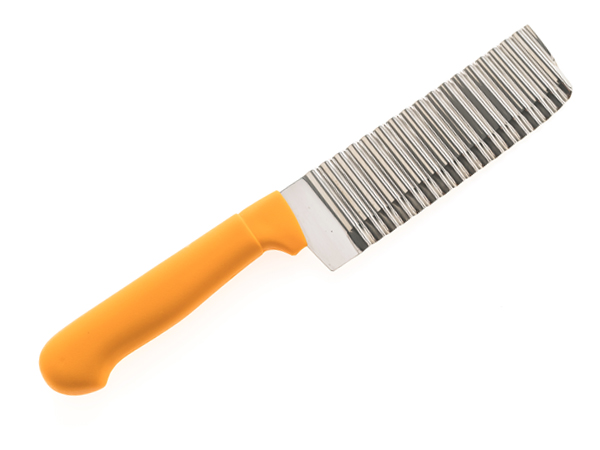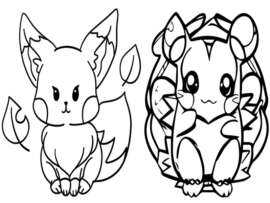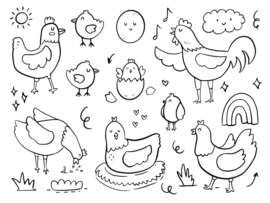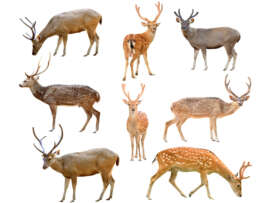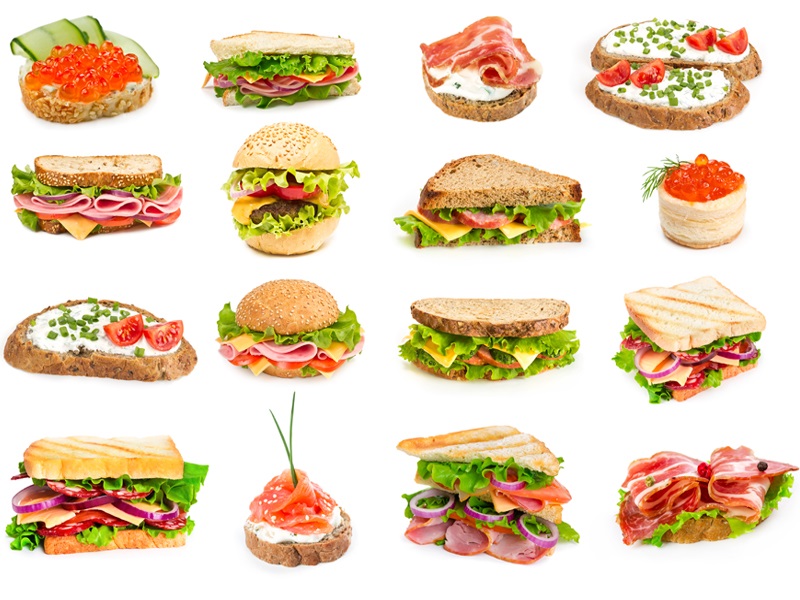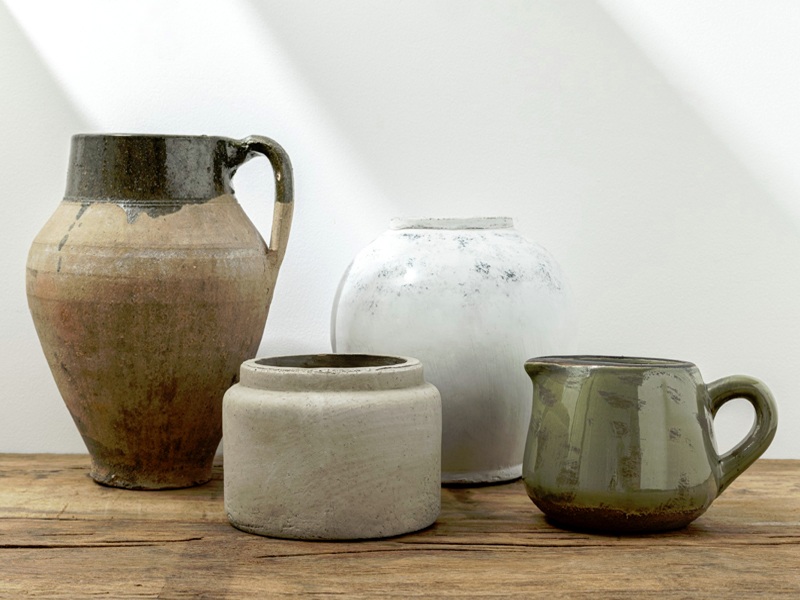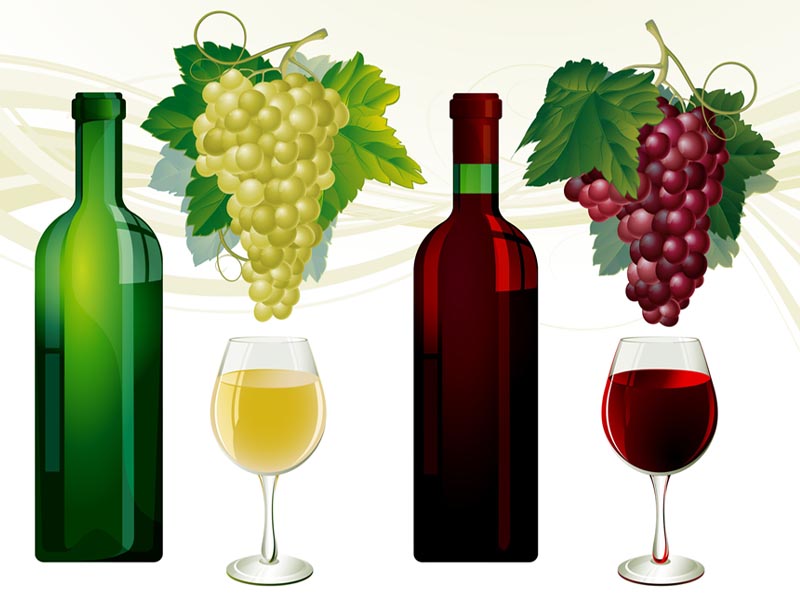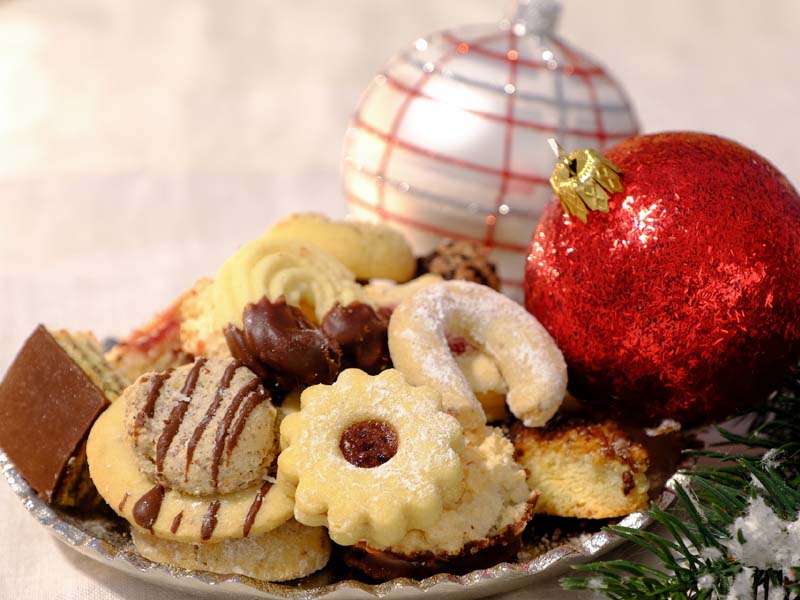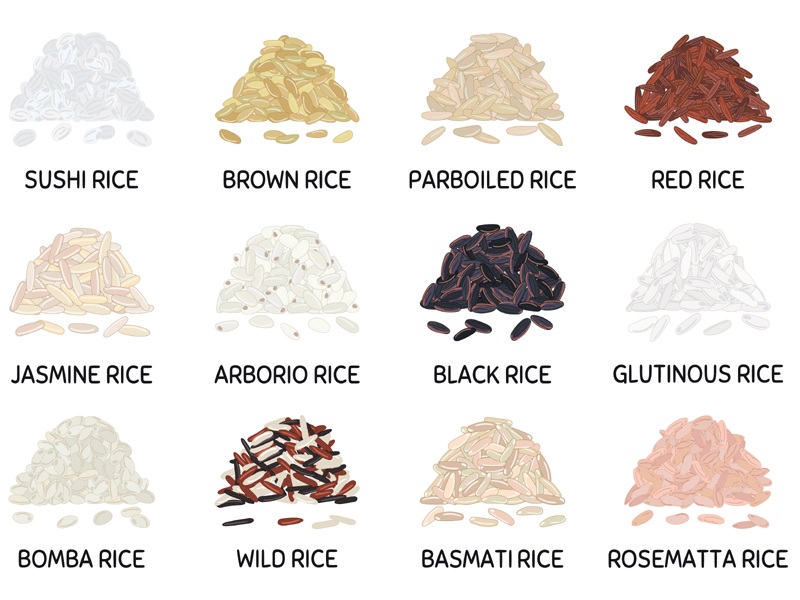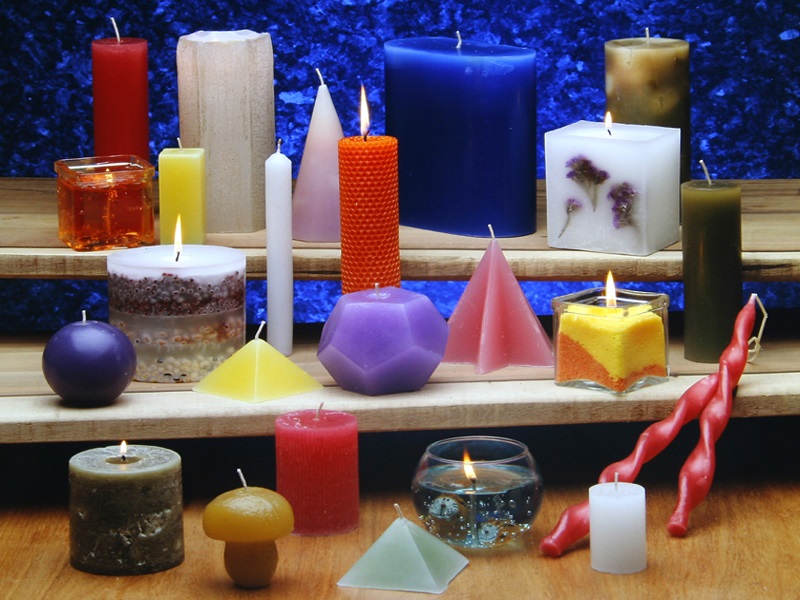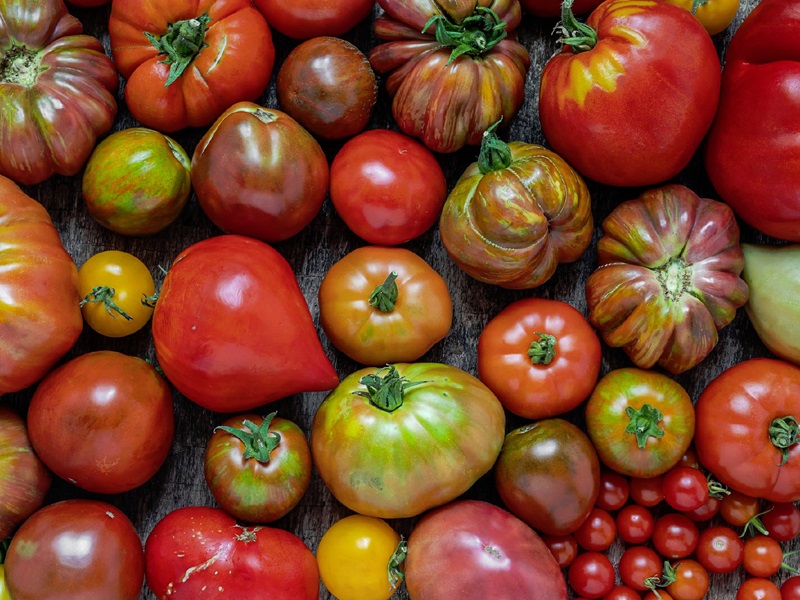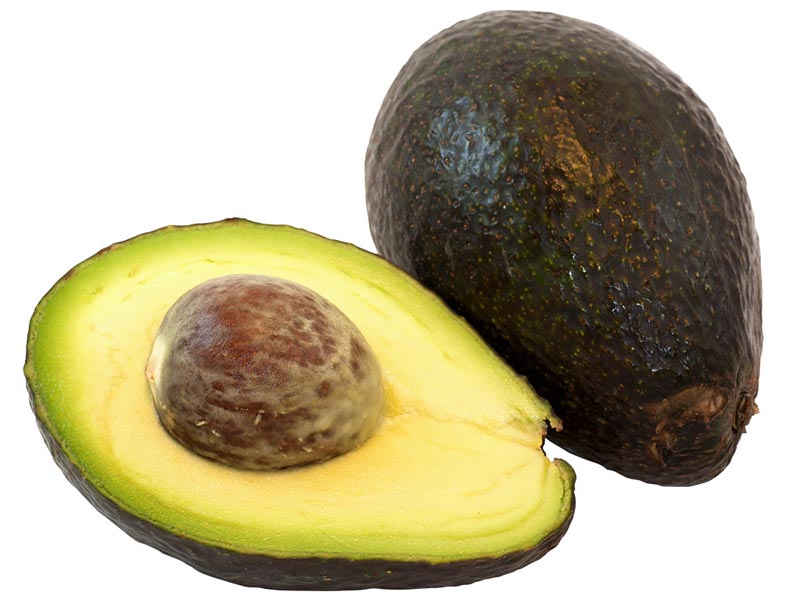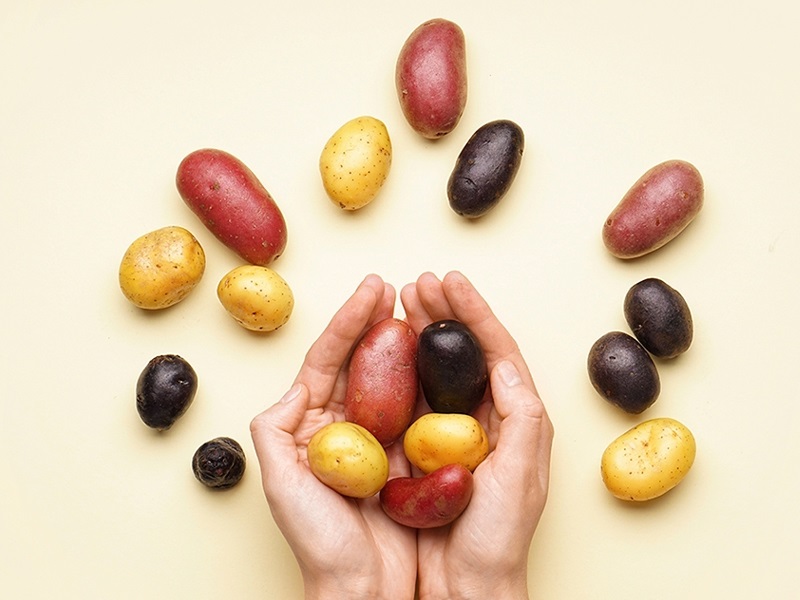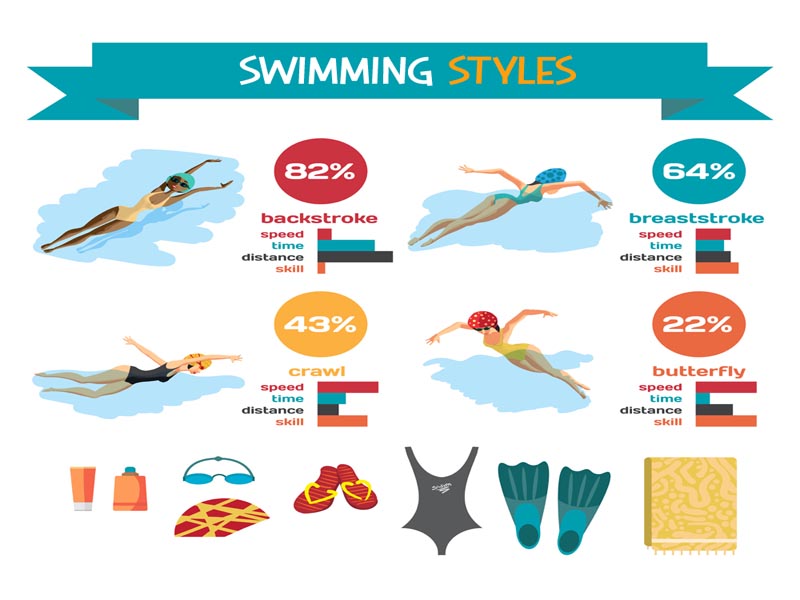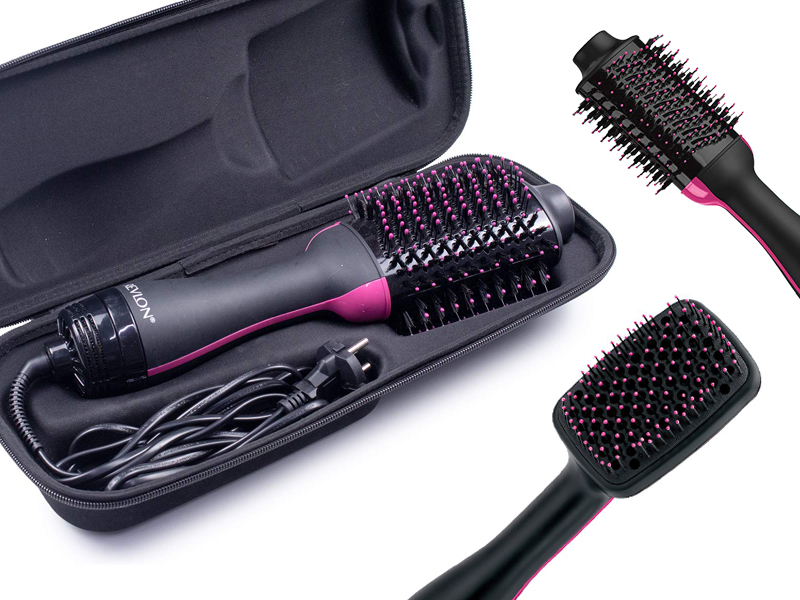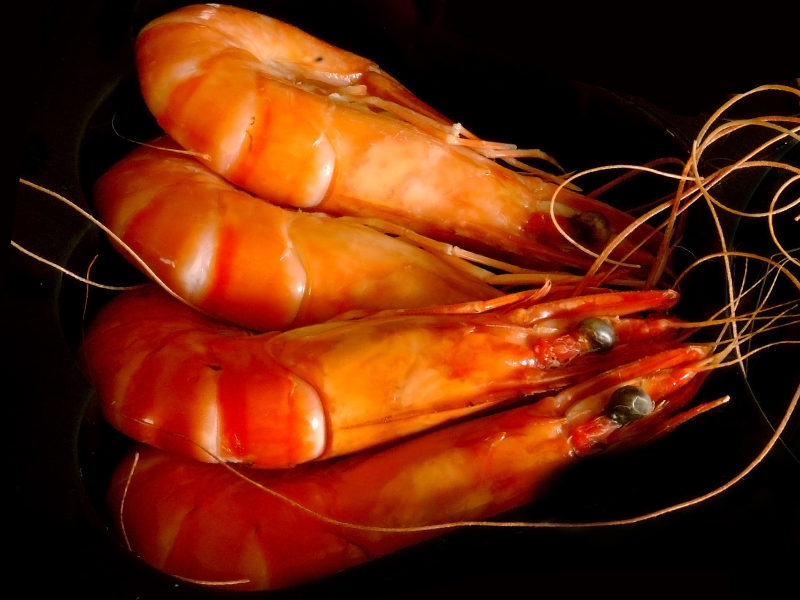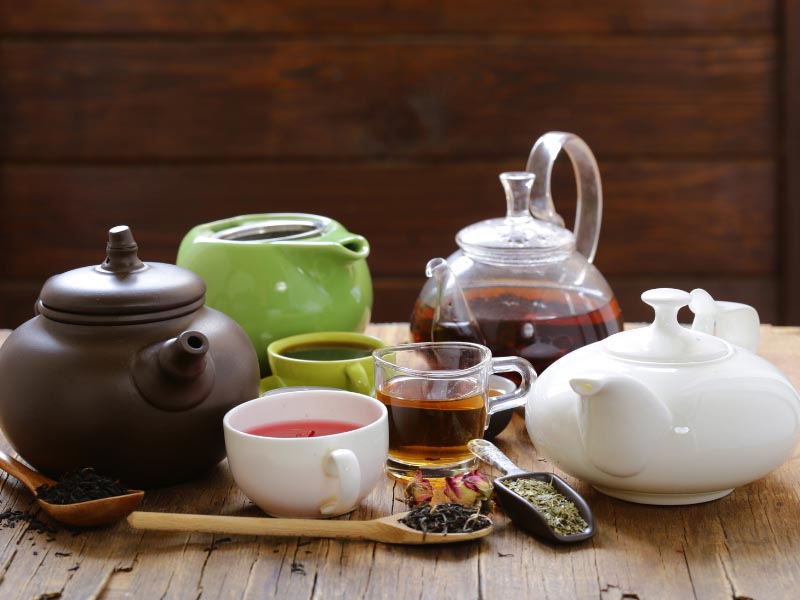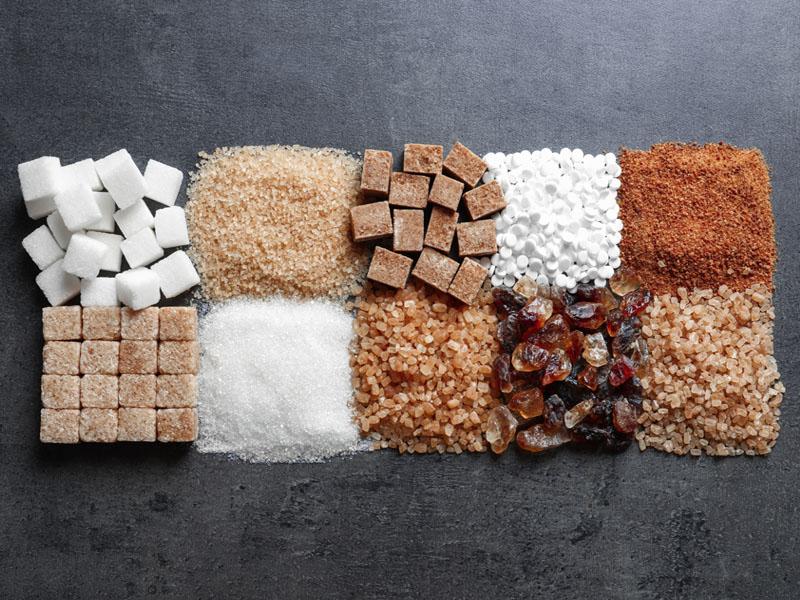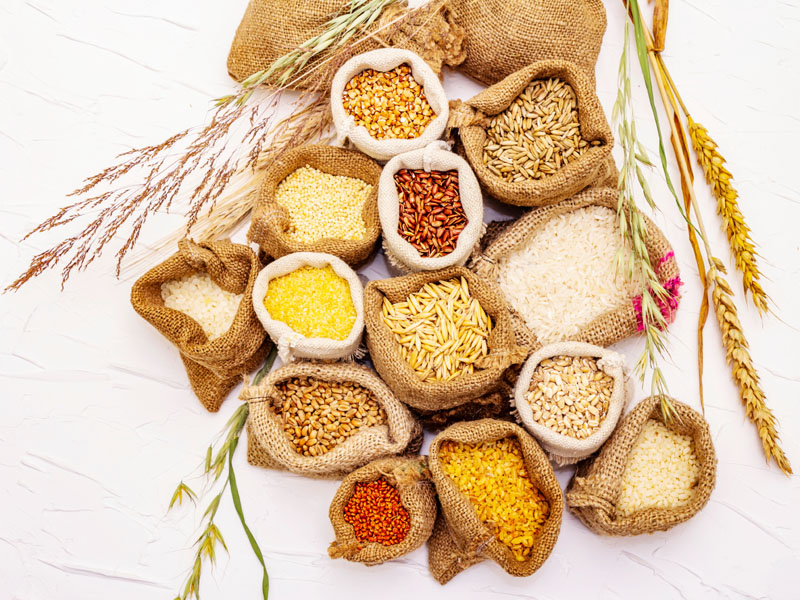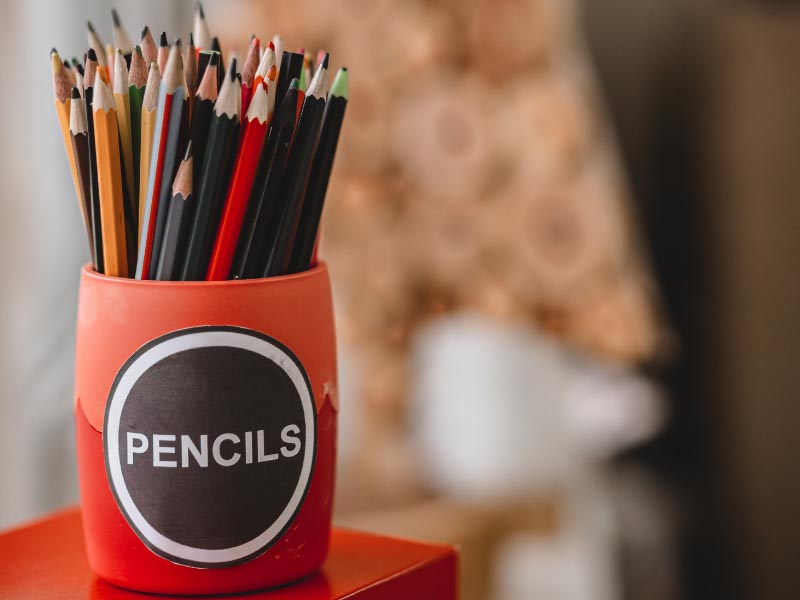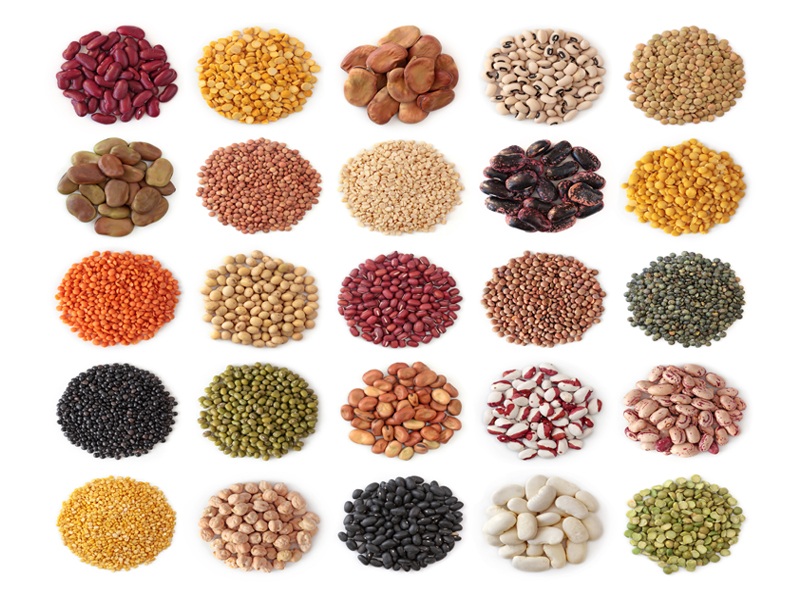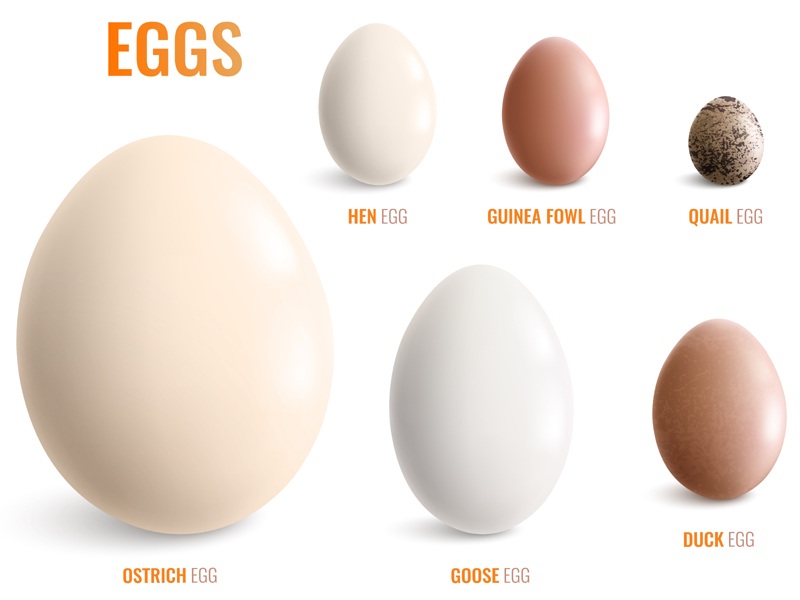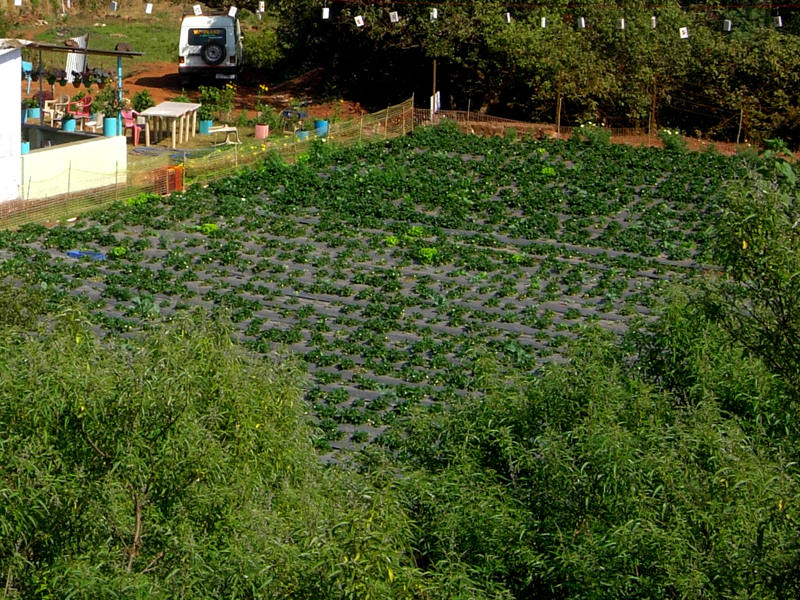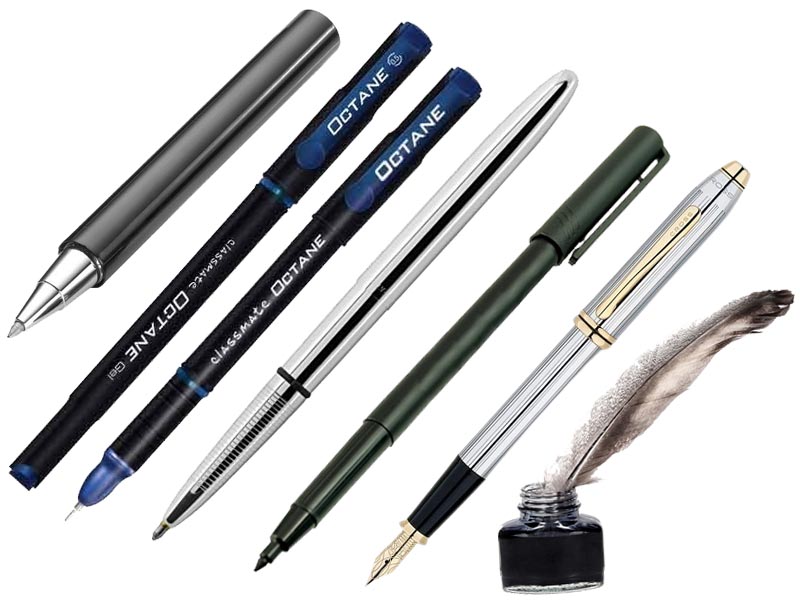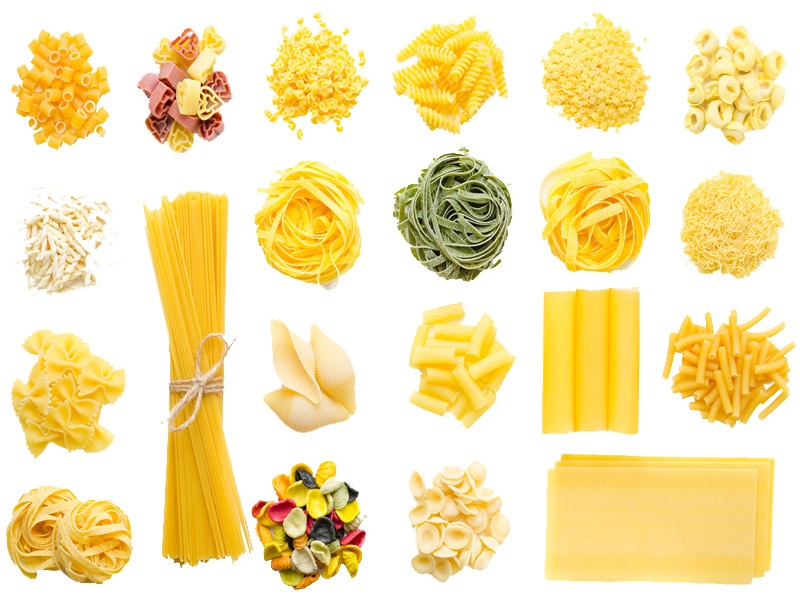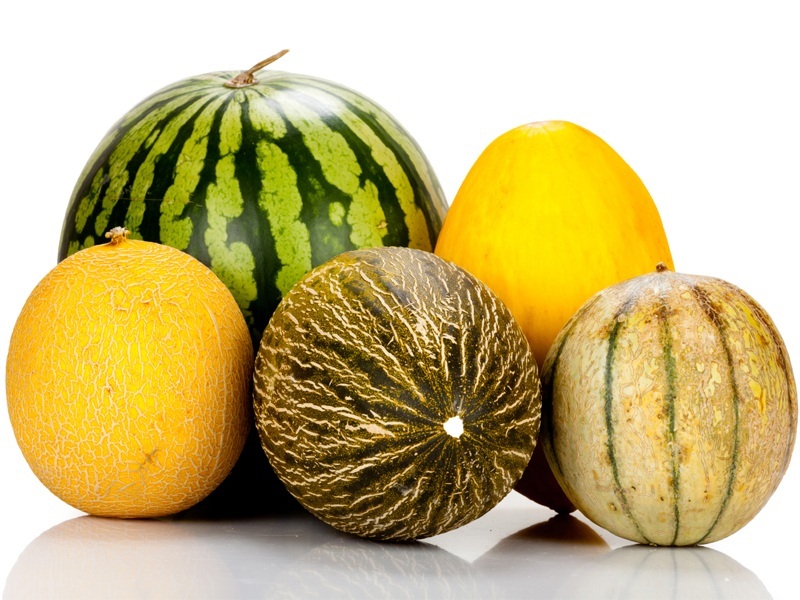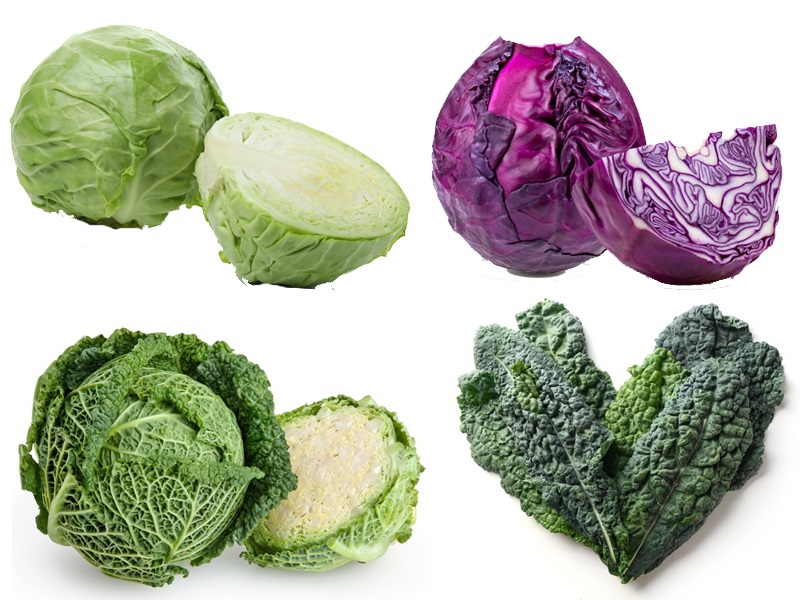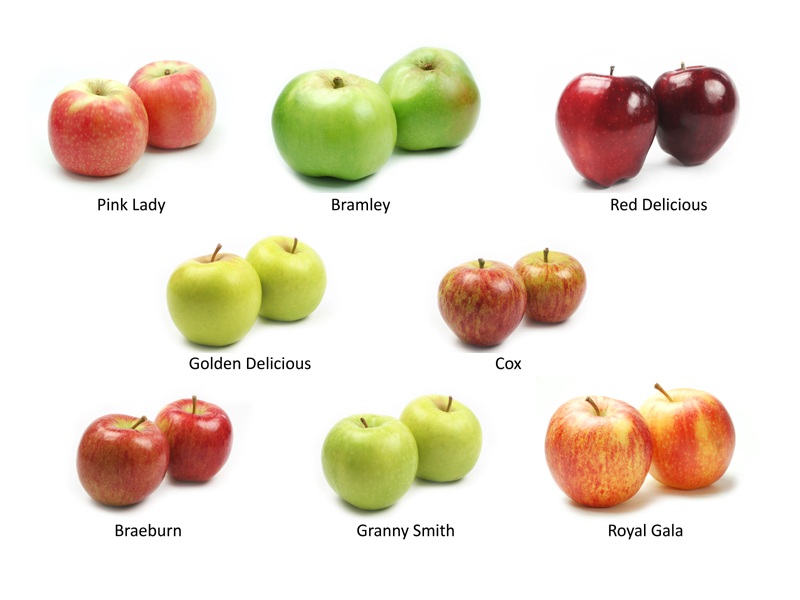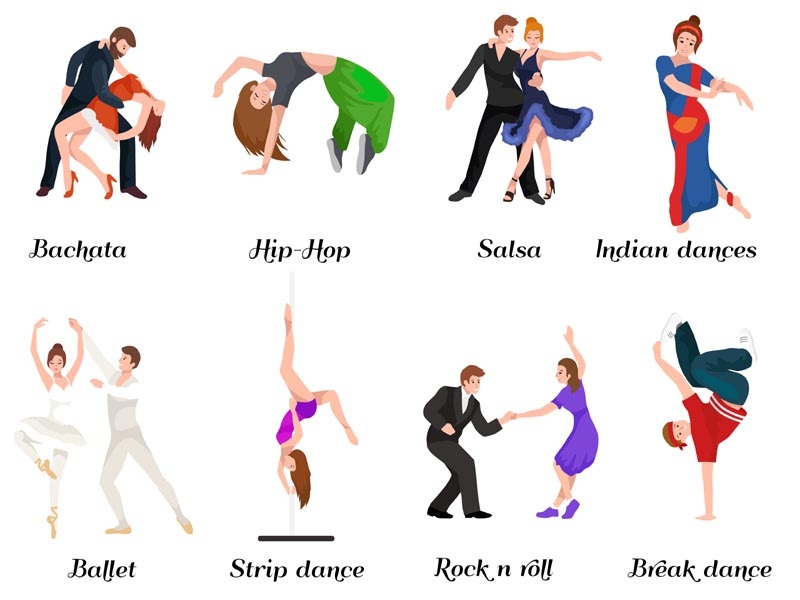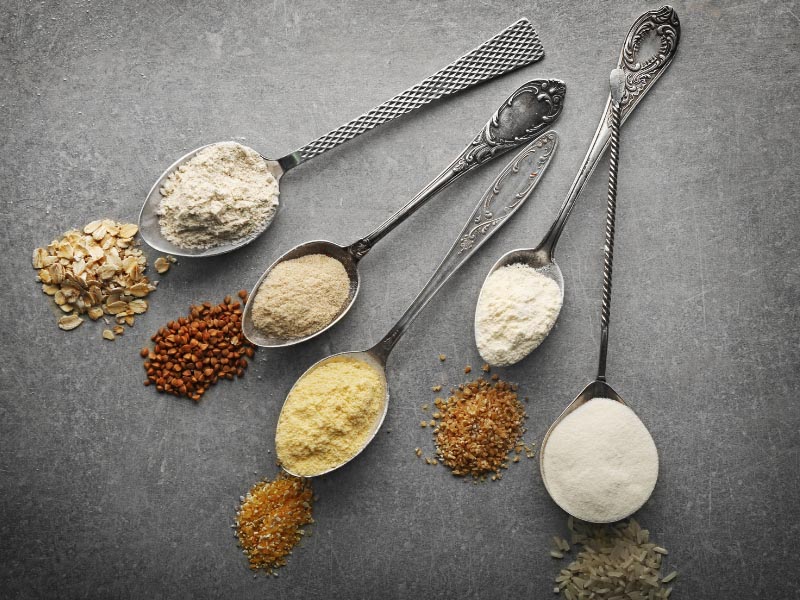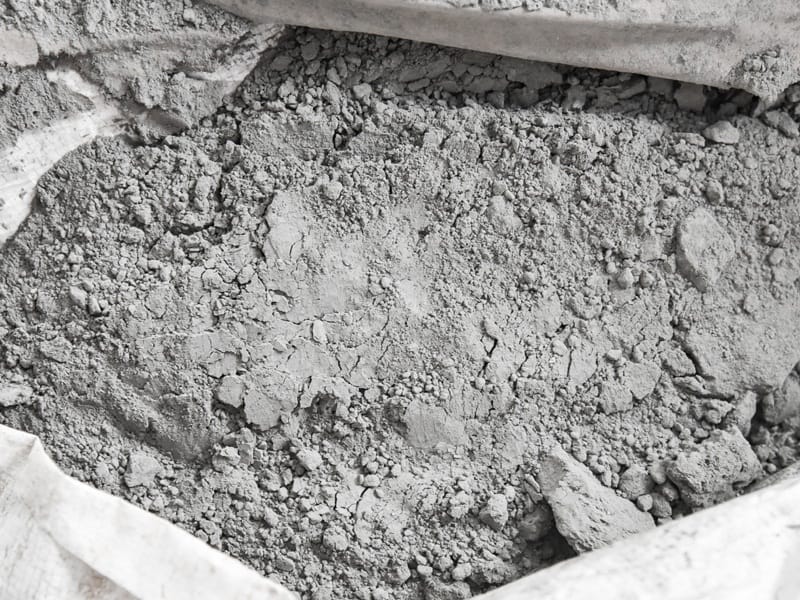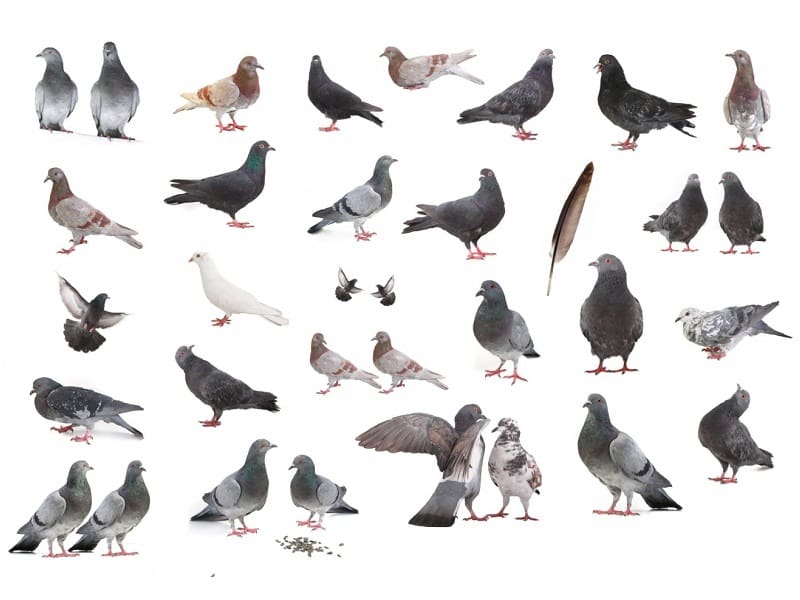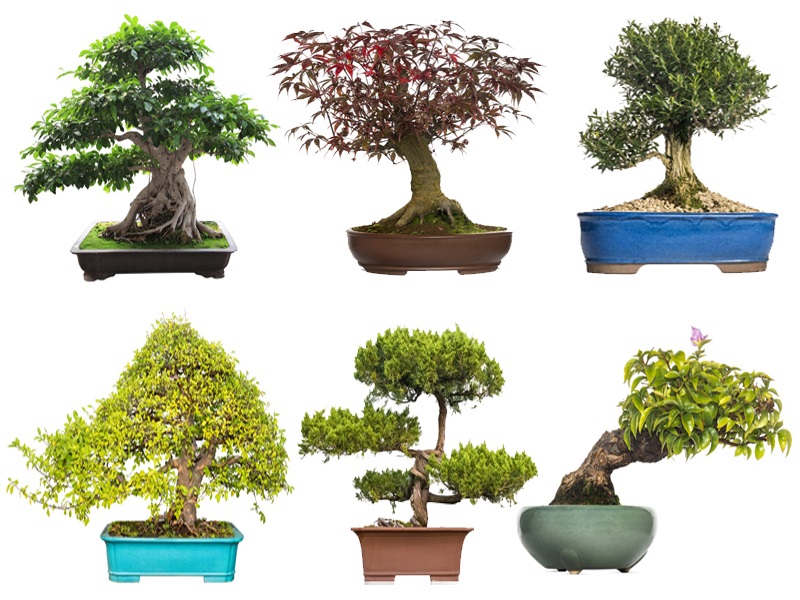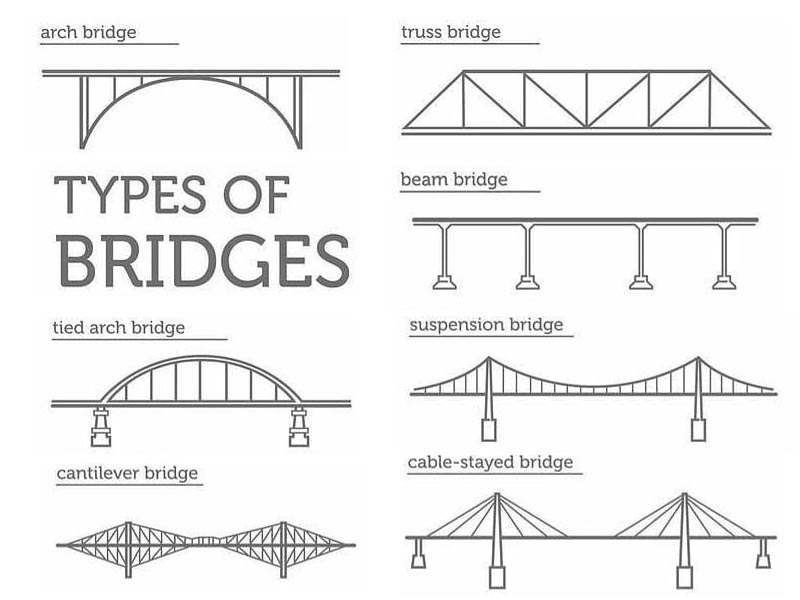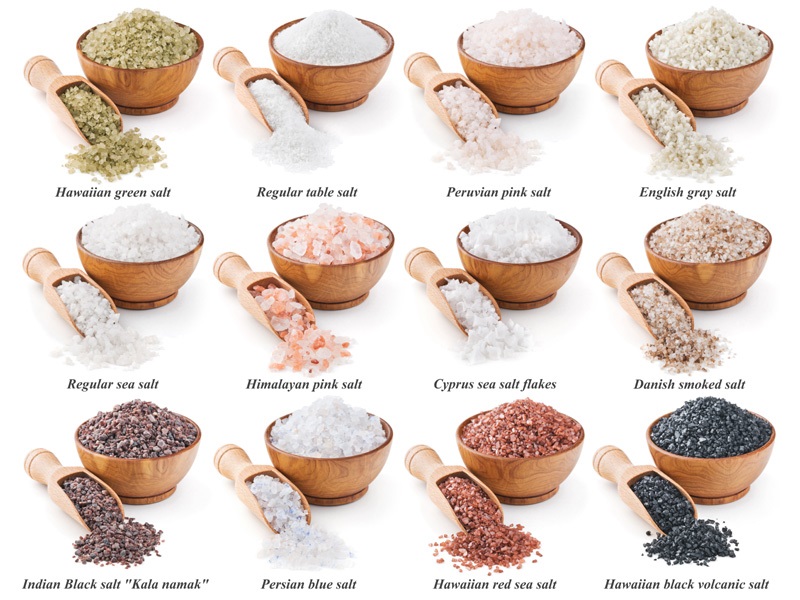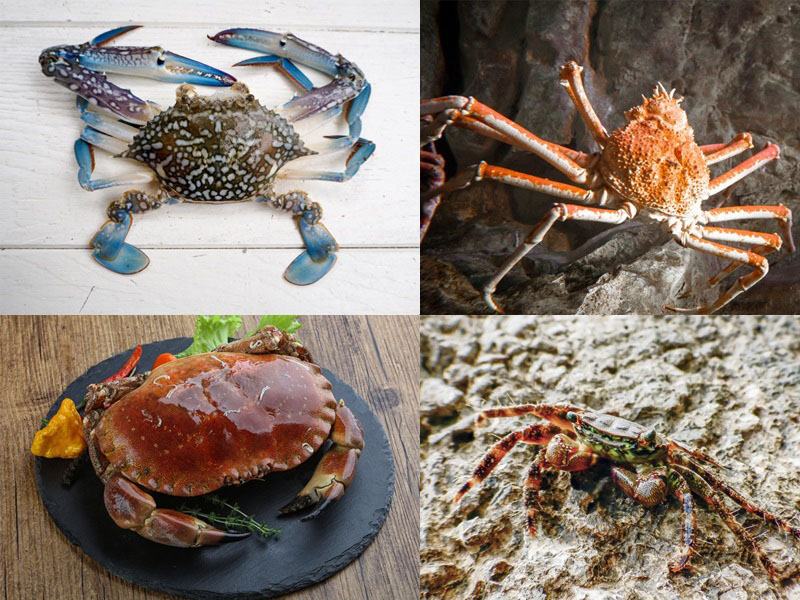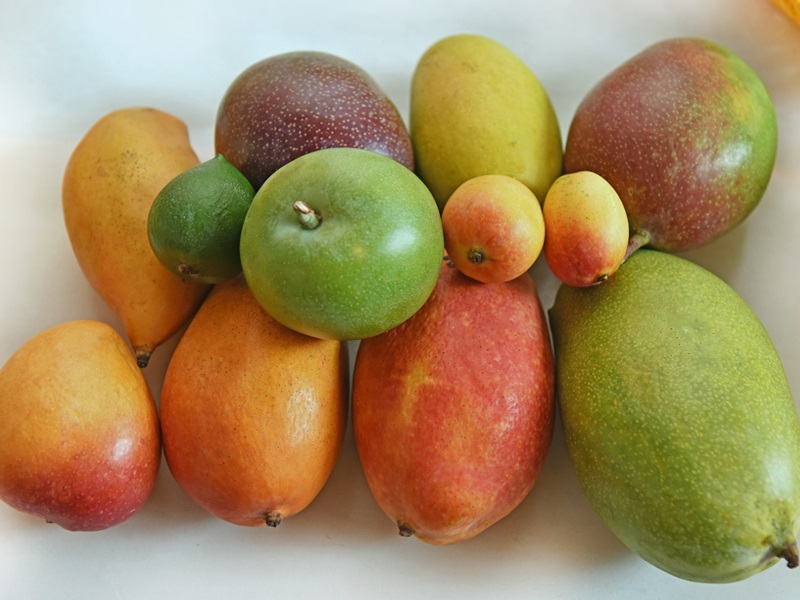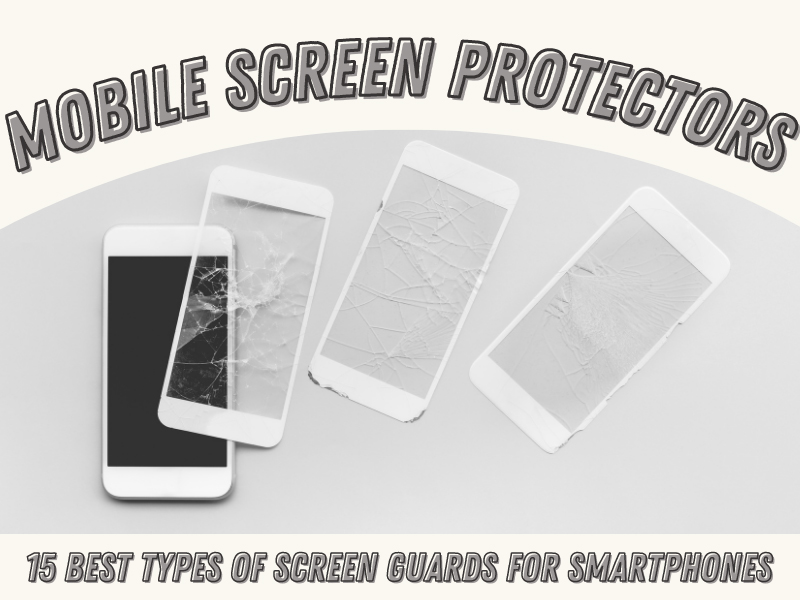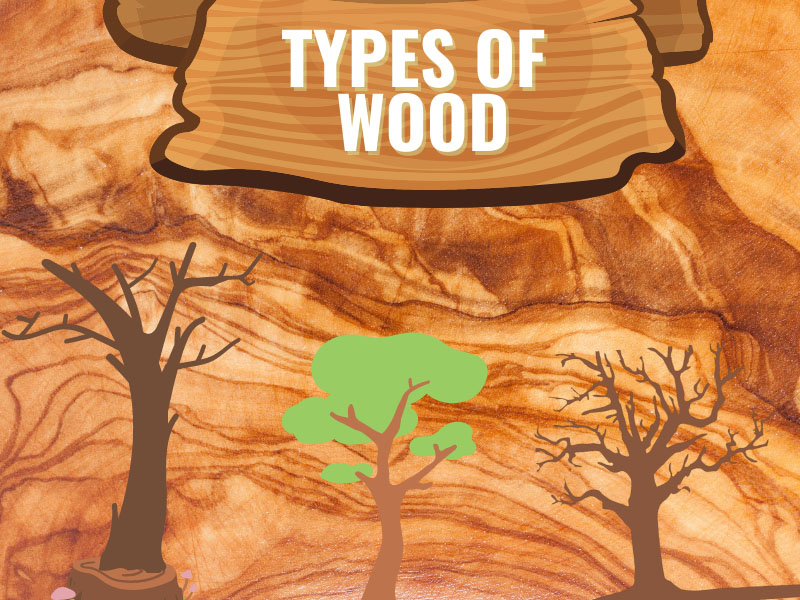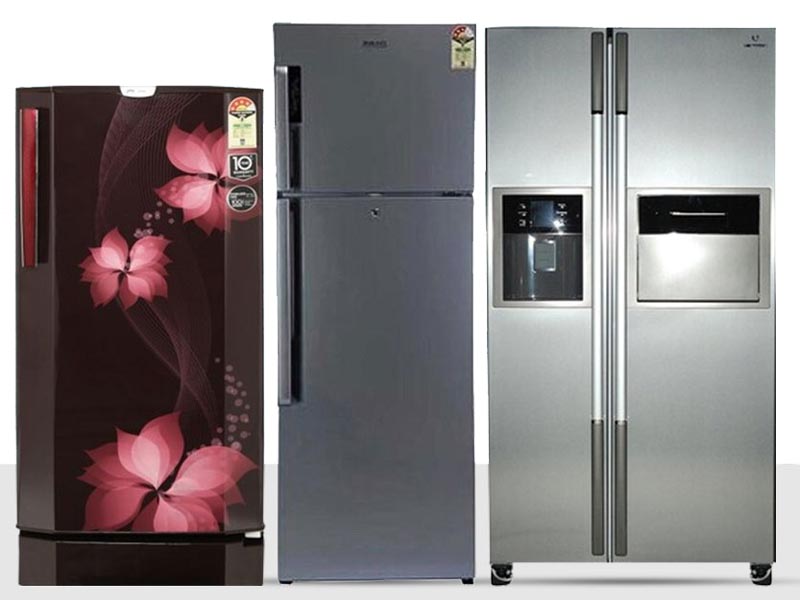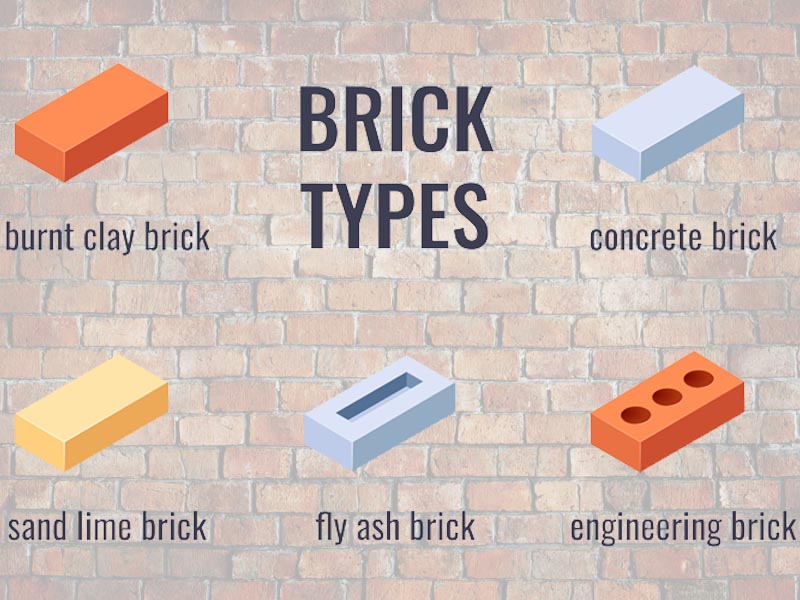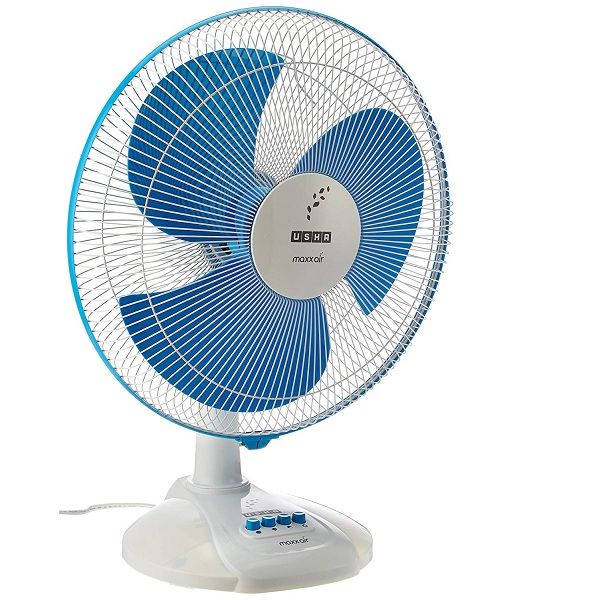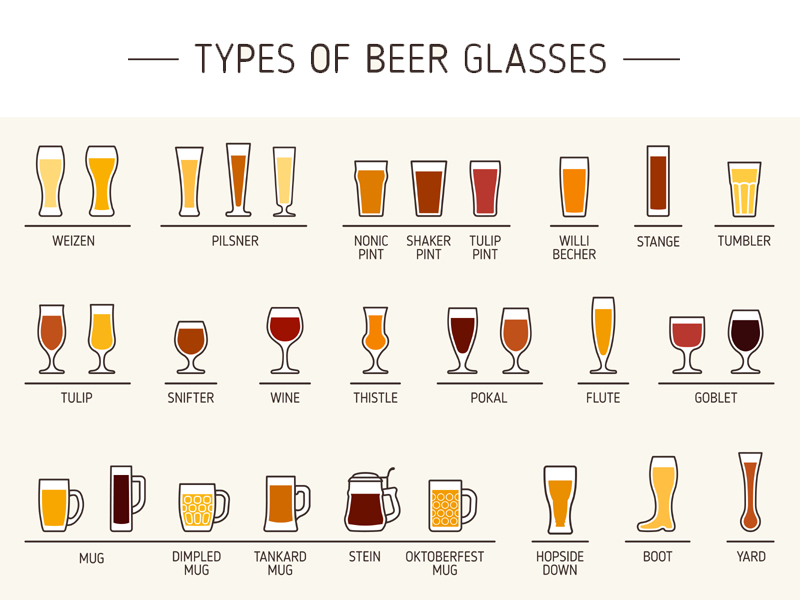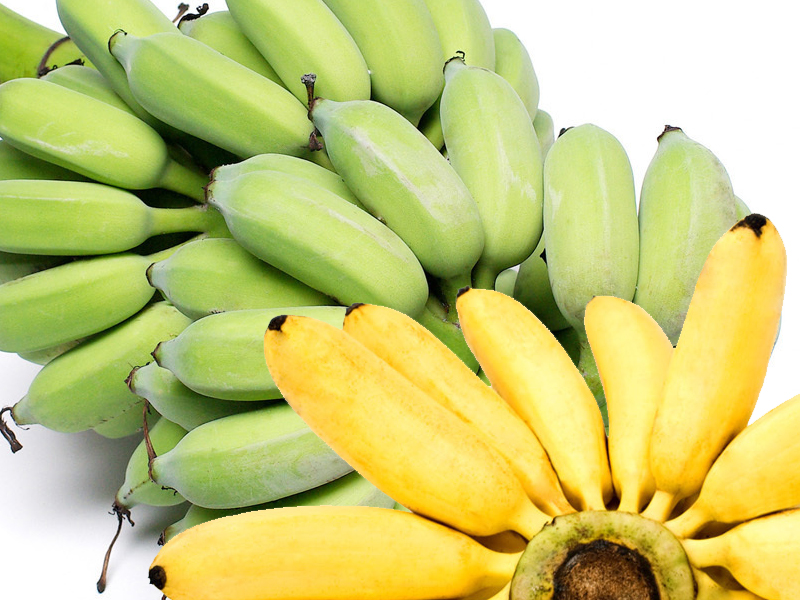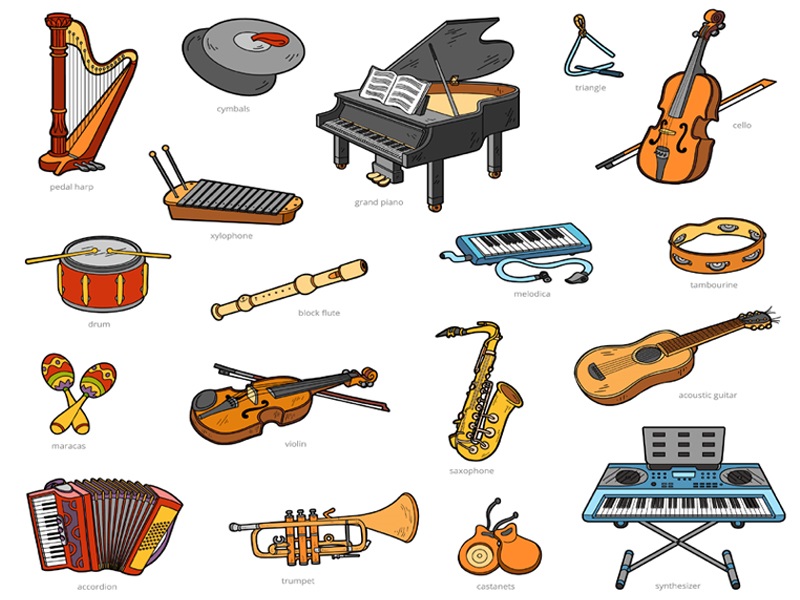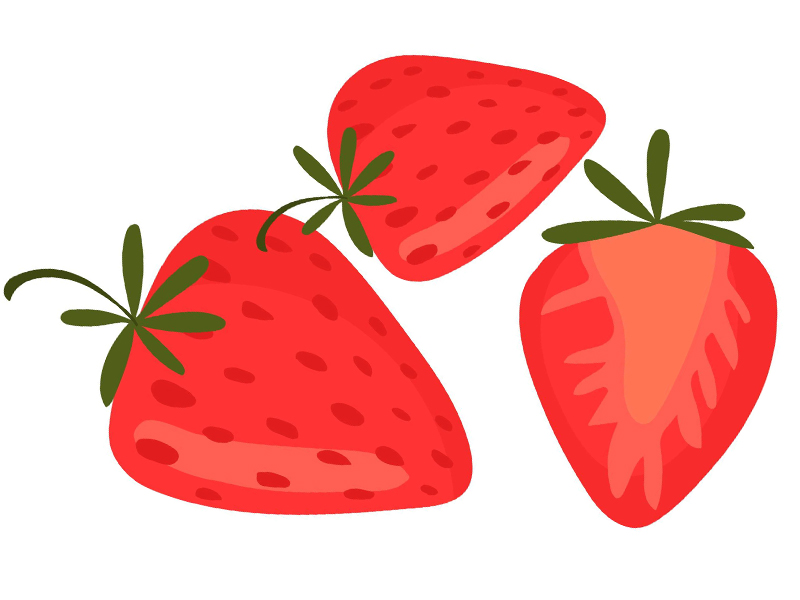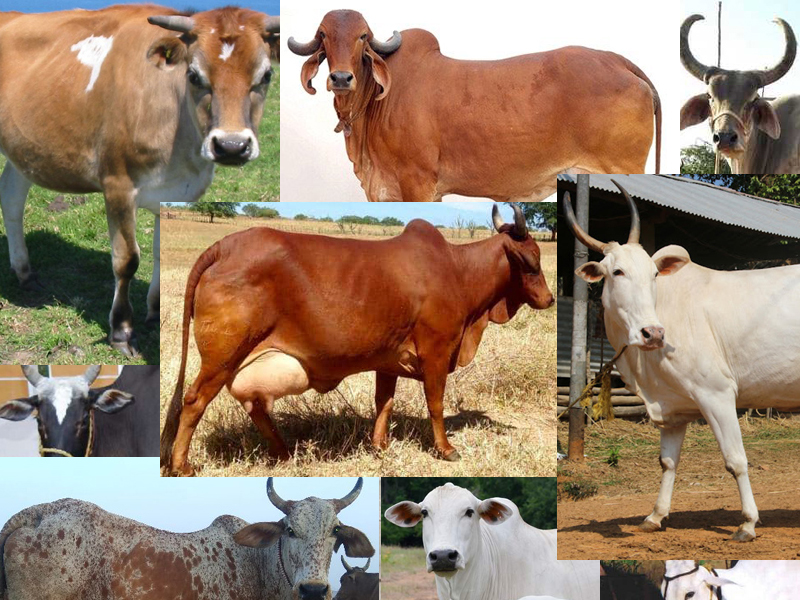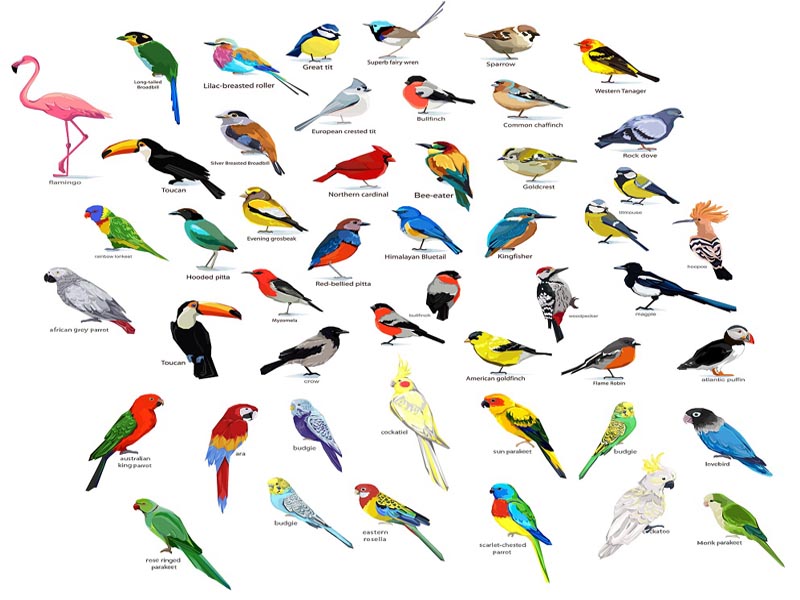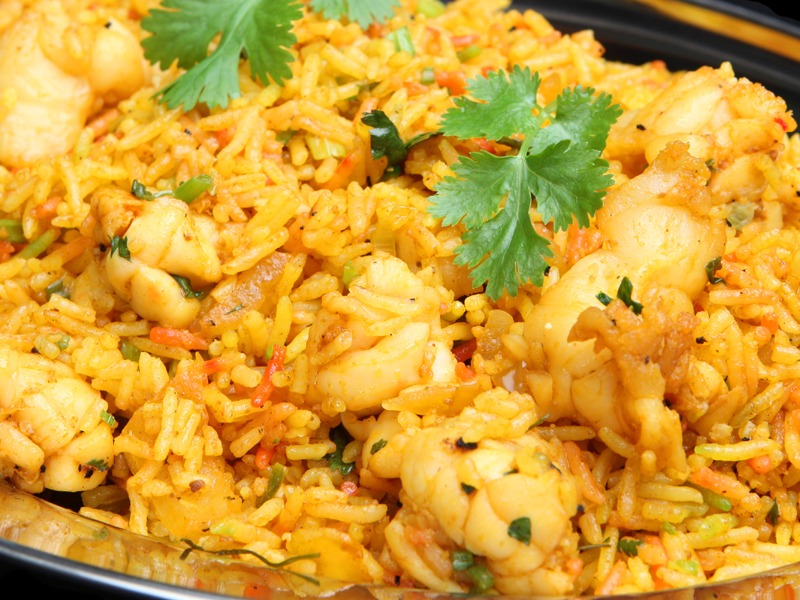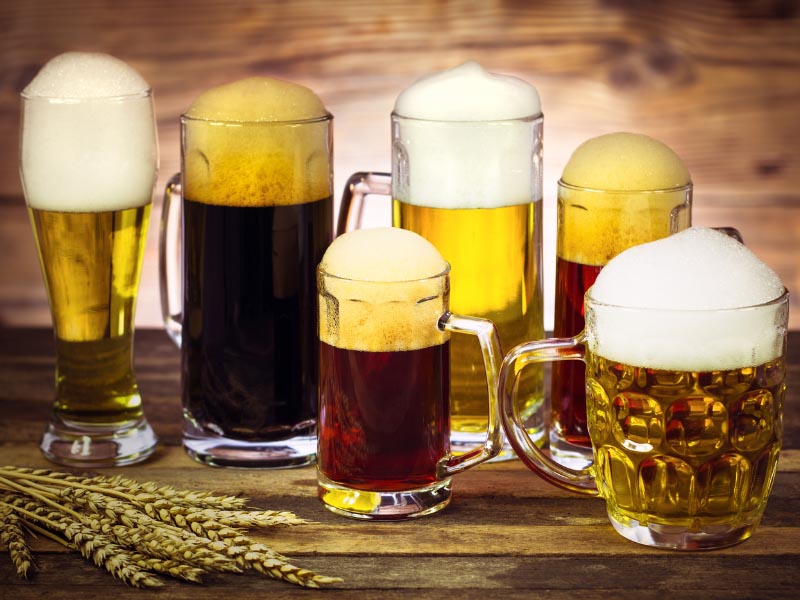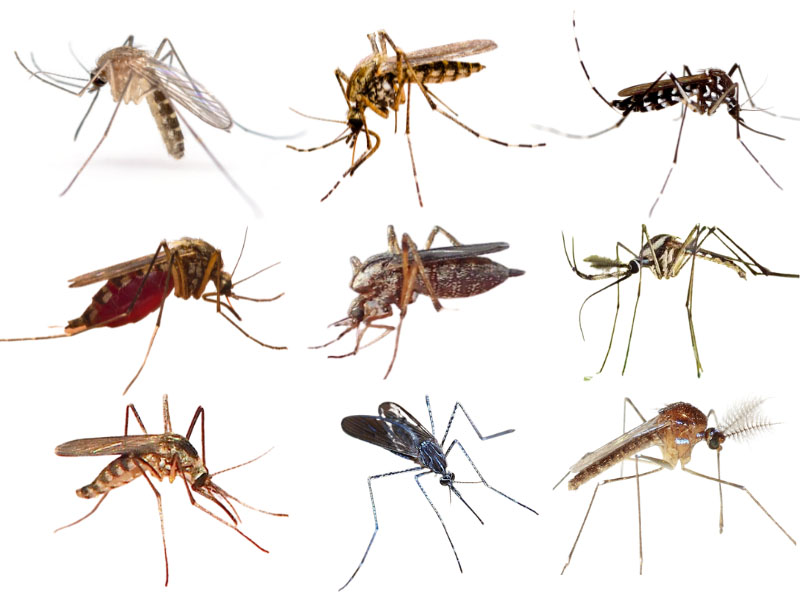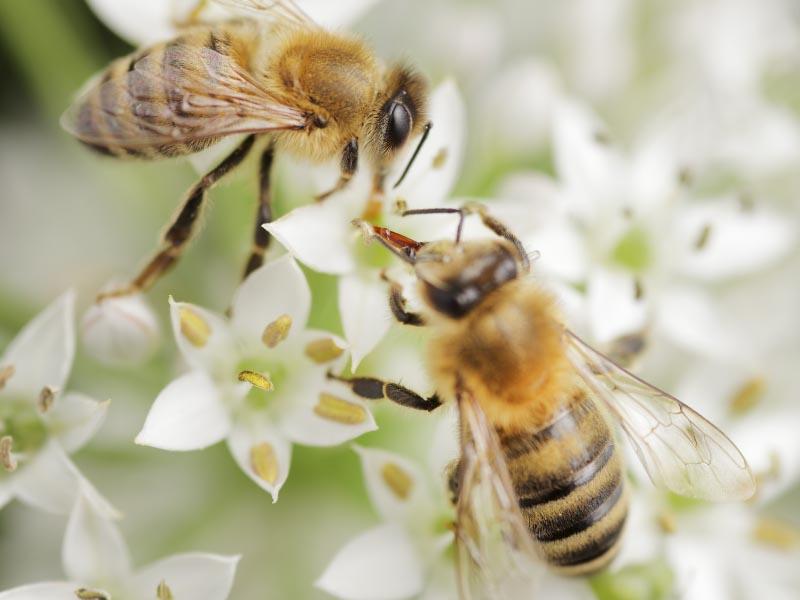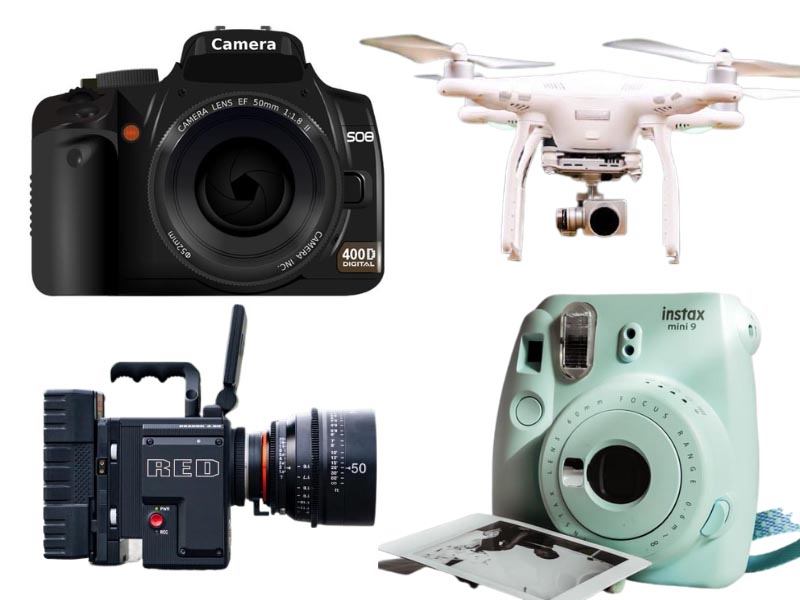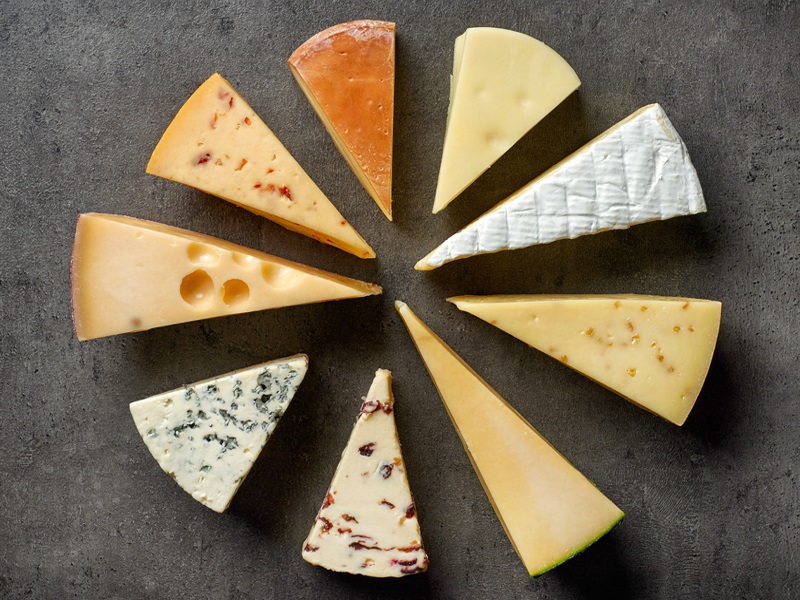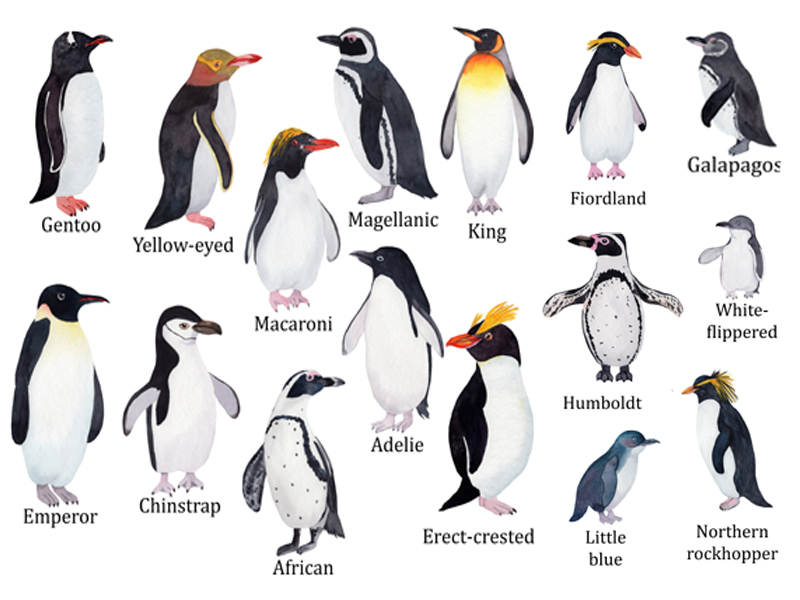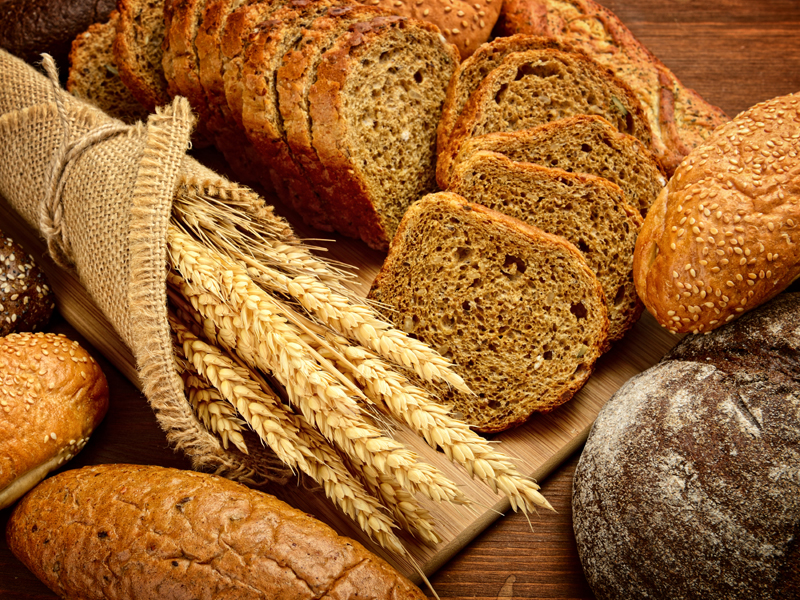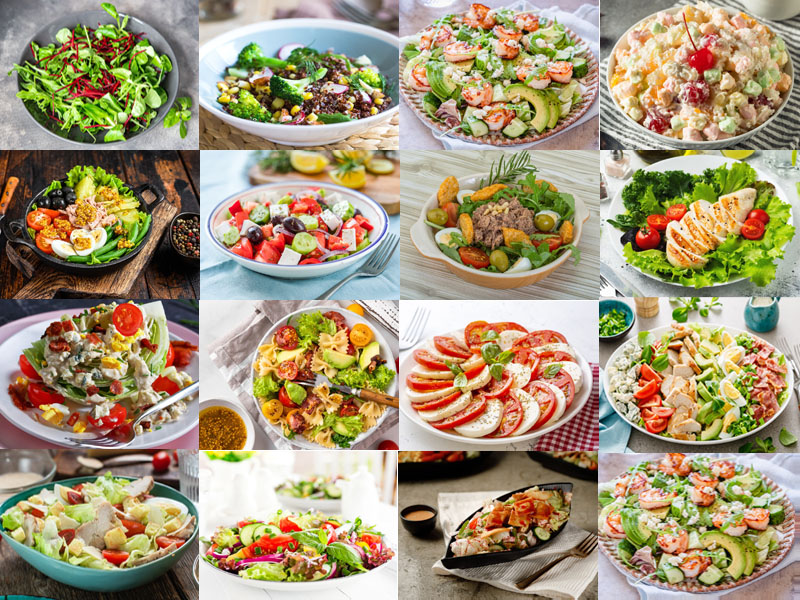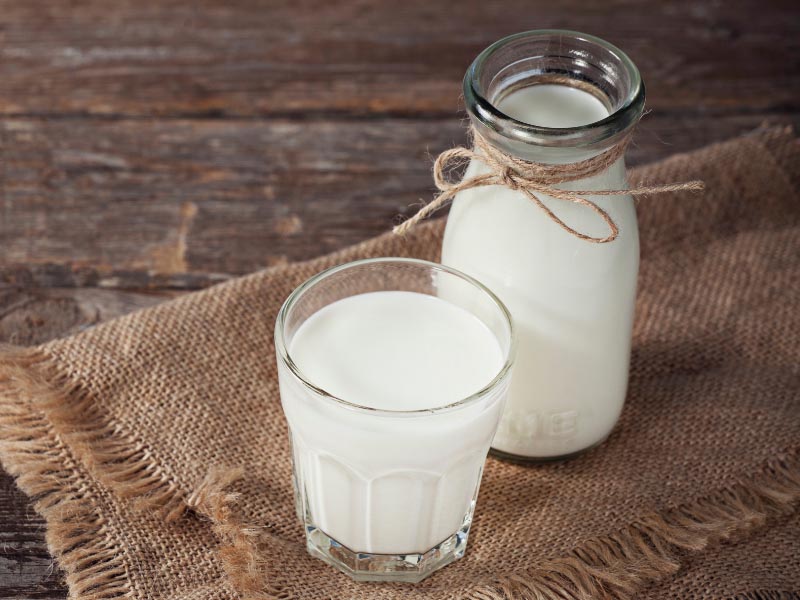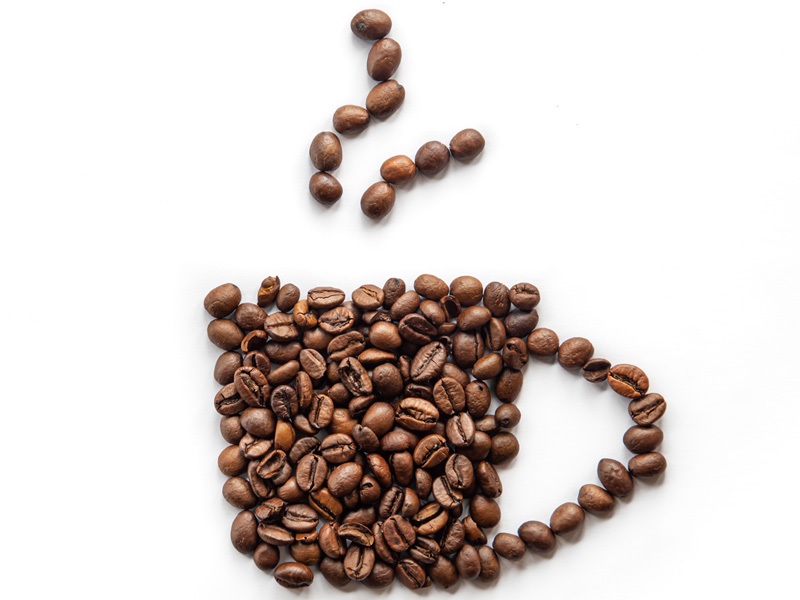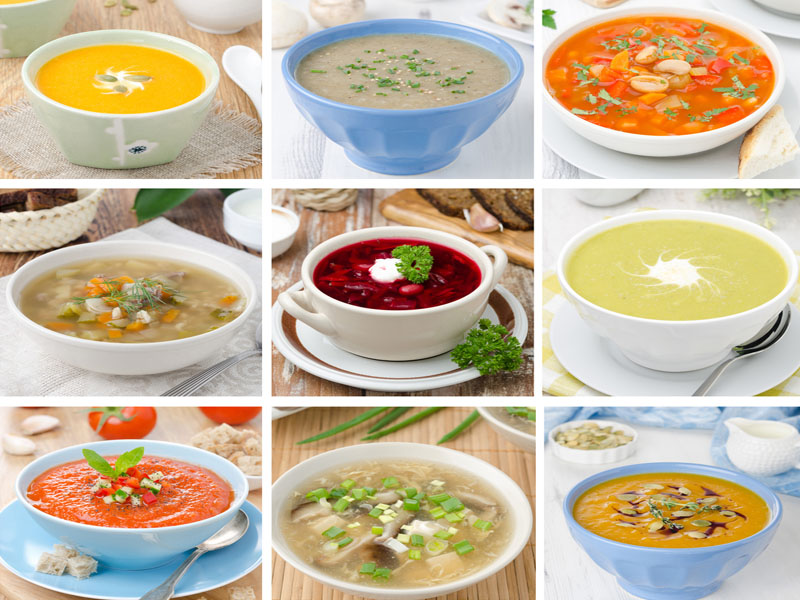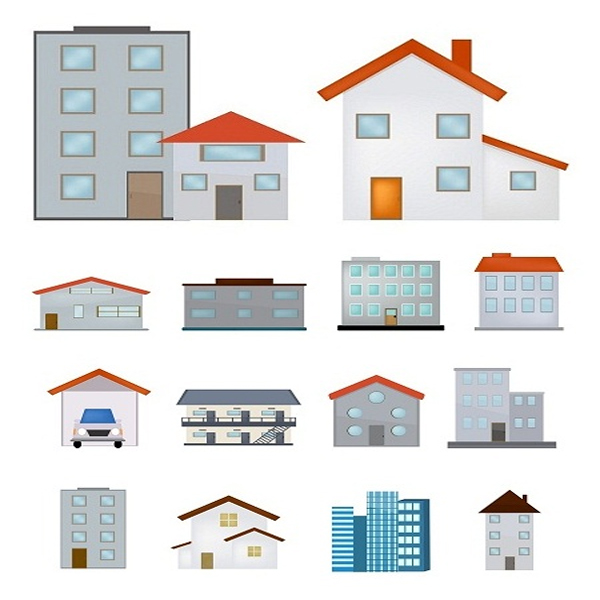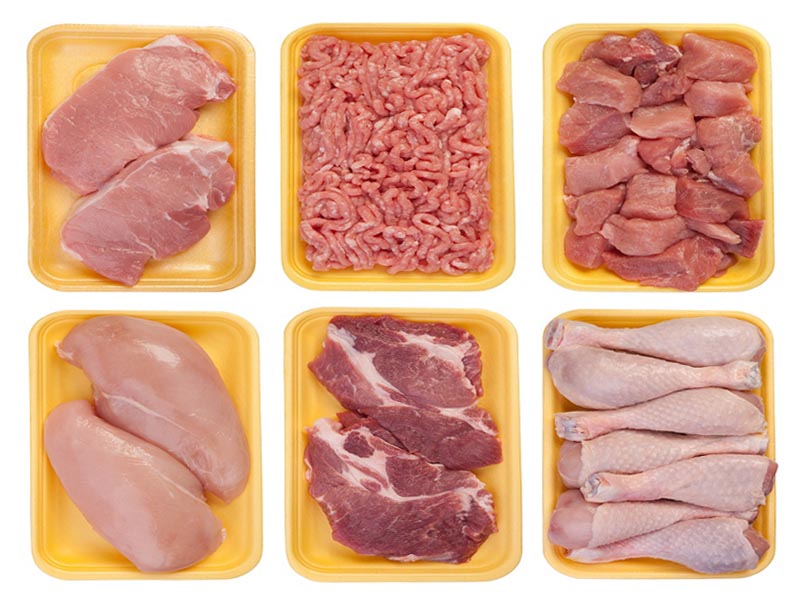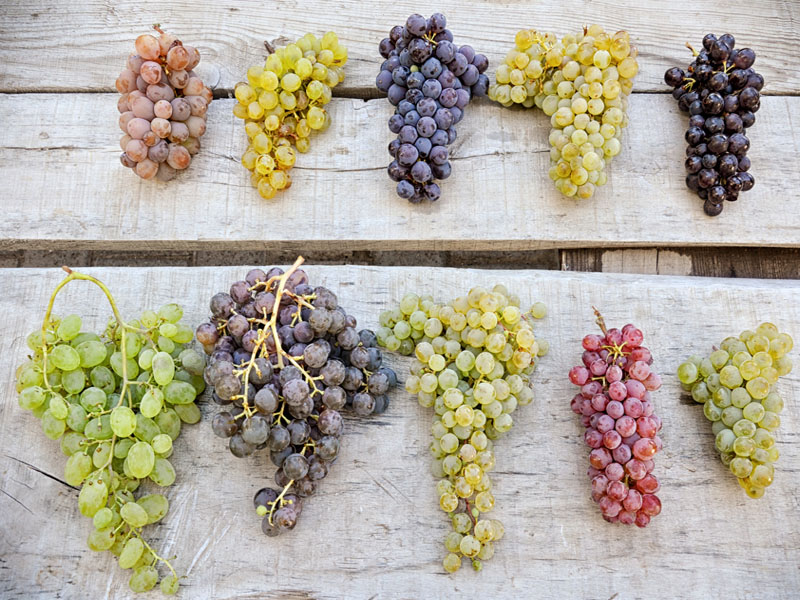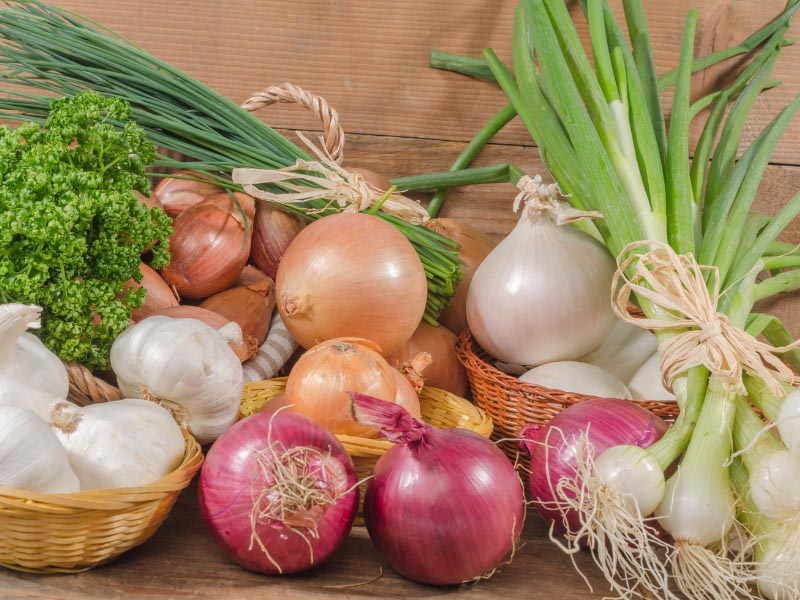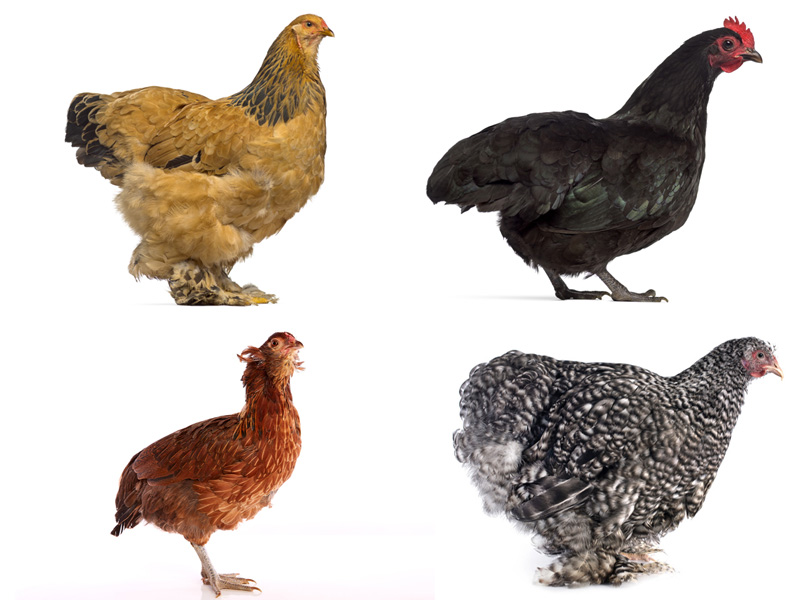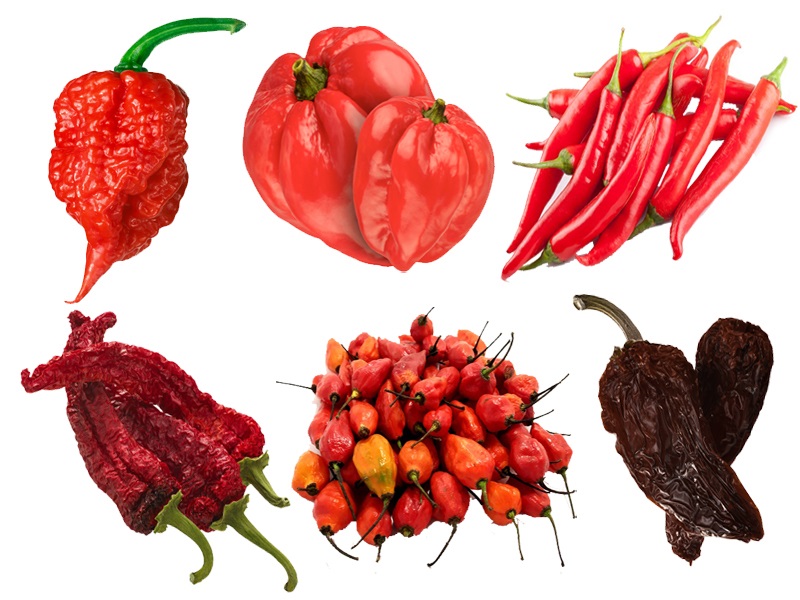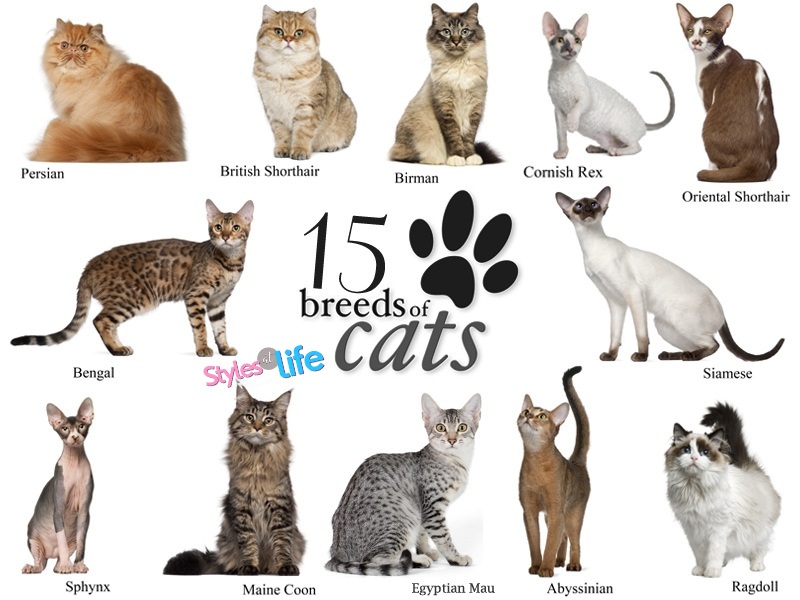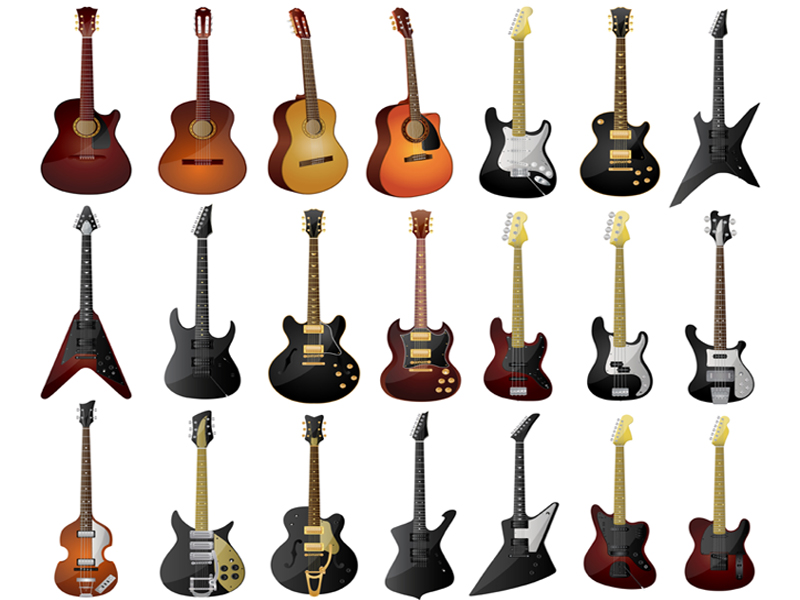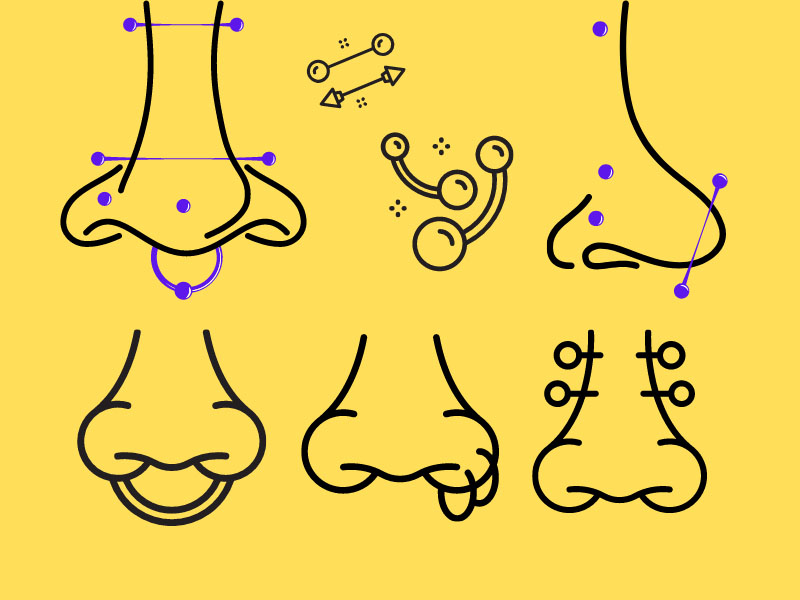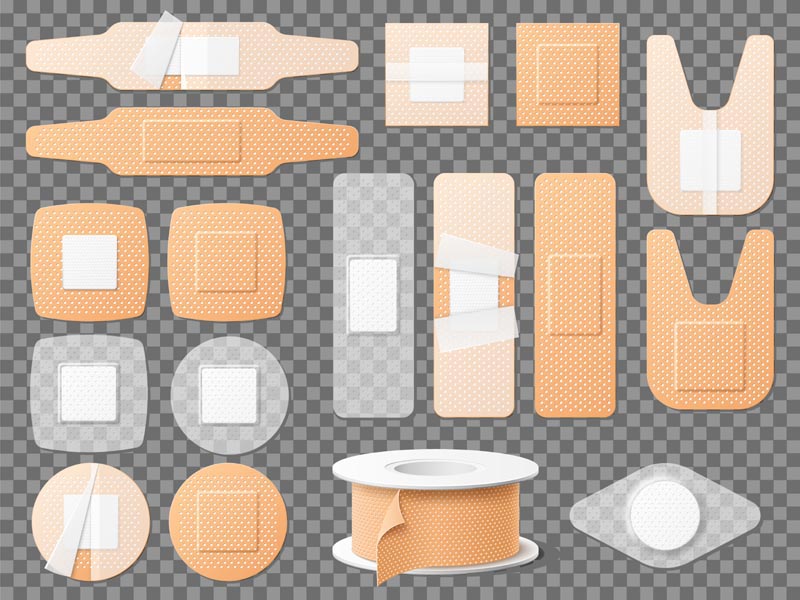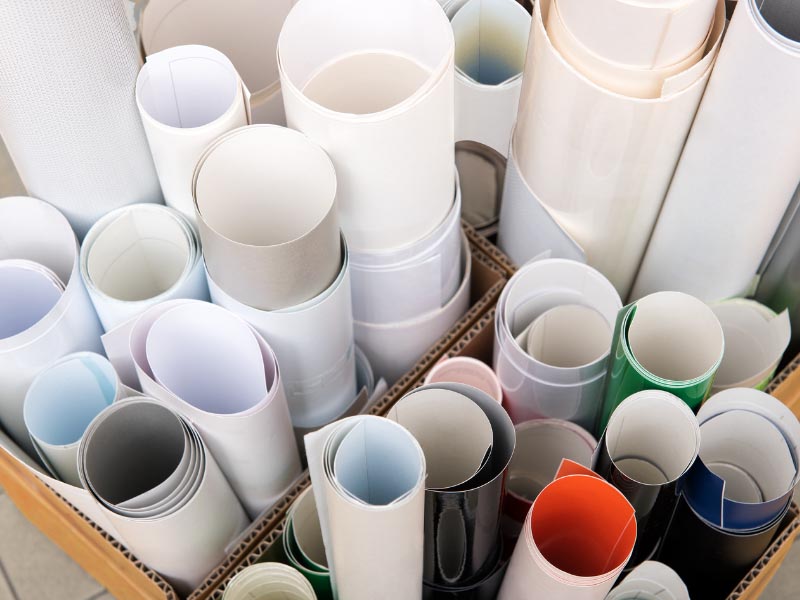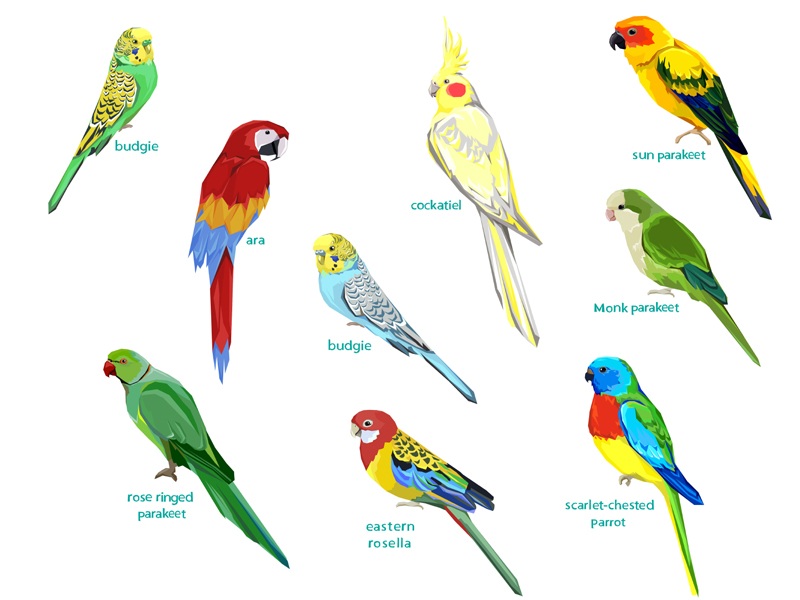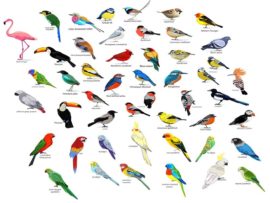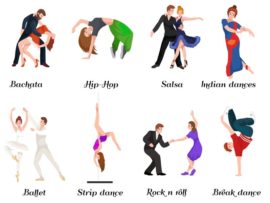Are you a cooking enthusiast? Do you love to experiment in the kitchen? Then this article provides a quick guide in giving details about the common types of knives. With many different kinds of knives available, choosing the right one might seem tough. But with the right tool, preparing food becomes easier, safer and faster. Unfortunately, the naming conventions for knives can complicate matters further. Therefore we have compiled a guide to every type of knife and its uses which will help you make sense of it all.
Without further ado, go through this article to gain knowledge about the different types of knives, which can be helpful whether you are an amateur cook or a catering business owner. Read on!
What are Forged Knives & Stamped Knives, and their Differences:
It will help outline the differences between forged and stamped knives before we delve into the different types of knives in depth. The names of forged and stamped knives come from how the blade is made.
Forged Knives:
- As the name suggests, a forged knife is forged from a single piece of metal. Before being honed and sharpened, a steel block is hammered into shape using a powerful press. Then, before the blade undergoes a final shine and polish, the handle is added.
- The steel bolster between the blade and the handle helps you recognize a forged blade.
- The forged knife is exceptionally strong, durable and well-balanced, making them a popular choice among professional chefs and cooks.
- The forged knives are often more expensive due to the costly time and labour-intensive crafting process.
Stamped Knives:
- A single sheet of steel is cut into the shape of a blade with the help of a powerful stamping machine to manufacture a stamped knife. The knife then undergoes hardening, sharpening and polishing, creating a smooth finish and keen edge, after which a handle is added.
- Stamped knives are lighter than forged ones because they are constructed from a thinner piece of steel.
- Stamped knives are affordable compared to forged knives because the manufacturing process is cheaper and quicker. However, these knives need sharpening more often because they are not as good at retaining an edge.
Different Types of Knives with Images:
We have prepared a list of the common types of knives used in many kitchens, whether professionally or in a home kitchen. Let us know more in detail:
A. Kitchen Knives :
As the name suggests, professionals and amateurs frequently use kitchen knives in the kitchen. Here are some commonly used kitchen knives that should be present in every kitchen to perform various tasks.
1. Chef Knife:
A chef knife has a broad, long blade with a straight edge, also called a cook’s knife. It has a finely pointed tip and is the widest across the heel. The chef knife’s curved blade allows it to rock forwards and backwards on a chopping board, making it a perfect option for chopping lots of vegetables at once. In addition, a chef knife is an ideal option for mincing and everyday dicing and is therefore considered a great all-rounder.
2. Utility Knife:
The utility knife is smaller, slimmer and in a similar shape to a chef knife. However, some utility knives allow for more intricate work because of their sharp tip, which tapers up towards the spine. Although the utility knife shares many qualities with the chef knife, it is a good option for chopping smaller vegetables and foods. A utility knife is a perfect option when you are looking to do more precise cutting work.
3. Paring Knife:
A paring knife is a knife that has a pointed tip with a short, slim and evenly sized blade. It makes it easy to handle during delicate work because the knife is light. You can cut, chop and slice veggies and fruits with this small but mighty paring knife. Paring knives will make light work harder foods like potatoes despite their small size. However, they can still be used to perform delicate tasks like trimming and peeling.
4. Bread Knife:
A bread knife is similar to a saw with a long, evenly sized blade with a sharp serrated edge. This kind of knife is designed to be used on softer items. As the name suggests, the bread knife helps you saw through different types of bread without disturbing their shape. For example, bread knives can cut through cakes with soft, fluffy textures without knocking the air out of the sponge.
5. Honing rod:
A long metal rod used to correct the blade’s edge before and after each use is called the honing steel. This essentially aligns and repositions the knife’s edge making it more effective though technically, it doesn’t remove any metal or sharpen it. So don’t confuse them with steel rods that sharpen your blade.
6. Kitchen Shears:
Kitchen shears are more scissors than knives to open up packing on processed foods, chop salad greens, or cut herbs off their vines. In addition, you can use kitchen shears to cut bite-sized chunks of meat to make a stir-fry or cut canned whole tomatoes or jarred chillies easily.
B. Meat Knives:
The specialist tools often used to cut huge cuts of meat are called Meat knives, hence the name. Here is the list of different types of meat knives:
7. Carving Knife:
A carving knife is sometimes called a slicing knife which is long, tapering to a sharp point and a slim knife. This type of knife helps you create cleaner and more uniform slices because the narrow width produces less drag as it cuts through food. A carving knife is the best tool for serving meats like poultry, beef, pork or lamb. You can also use this knife to tackle tough and larger fruits like courgettes or melons.
8. Cleaver or Butcher Knife:
Cleavers or Butcher knives are rectangular-shaped, flat blades which, depending on their intended use, come in various sizes. These types of knives sometimes feature a hole near the blade’s spine and are one of the heaviest and broadest knives in the kitchen. As a result, a cleaver can divide the meat into smaller portions before cooking or chop up raw meat. It is also one of the best knives for raw meat prep because of its large, heavy design, which can cut through even bone.
9. Boning Knife:
A boning knife usually tapers upwards to a pointed tip, slim blade, and sharp edge. This knife’s construction is typically rigid and fairly short. As the name suggests, a boning knife helps trim cartilage and is the best knife for cutting meat. In addition, this knife cuts around the bone without ruining the flesh surrounding it because of the pointed tip and slim blade. The boning knives are comfortable and easy to use because their design is light and manoeuvrable.
10. Steak Knife:
Steak knives are used more for eating and less for cooking. This knife is a must when you have a good steak dinner while setting the table. The steak knife helps you cut steak like butter which comes with a straight or serrated edge and is often sold in sets.
C. Fish Knives :
As the name suggests, fish knives are used for removing bones and descaling or filleting fish. Here is the list of the different types of fish knives in detail:
11. Filleting Knife:
A filleting knife has a flexible blade and is a long, slim knife. This type of knife allows intricate bone-removal work with its sharp edge and a finely pointed tip that helps pierce through the skin. Though the filleting knife looks similar to a boning knife, its blade is more flexible and thinner. As a result, this blade doesn’t damage the delicate flesh of the dish while removing the bones. In addition, this knife allows the chef to create perfect fillets because they are often used to cut horizontally around the backbone of the entire fish.
12. Salmon Knife:
Salmon knives are designed for filleting larger fish like salmon and have a long, flexible blade with a double edge. In addition, many blades are available with indentations, allowing for precise filleting and skin removal. These knives fit between the flesh and skin because it is slender and doesn’t damage the delicate flesh while filleting. They are effective at minimizing waste because they can be used to create precise fillets.
13. Santoku Knife:
Santoku knives are a great option for precise cutting, mincing and dicing and were originally called santoku bocho knives, which means three uses. The Santoku knives are slightly tapered, with long blades and are native to Japan. These knives are usually used for intricate and more precise cutting work. The dimpling on the edge’s flat side doesn’t let items stick to the metal and is particularly useful when preparing raw fish or sushi.
D. Vegetable Knives :
Vegetable knives are designed especially for preparing vegetables, though a chef knife or paring knife can also be used. Here is the list of the different types of vegetable knives which can help you chop veggies more finely:
14. Nakiri Knives:
Nakiri knives are Japanese vegetable knives which look like slimmer and smaller versions of a meat cleaver. They almost always have a sharp, hollow ground edge and a broad, rectangular shape. With their squared shape and straight edge, Nakiri knives are an exceptional tool for vegetable chopping without rocking back and forwards. With the deep, flat blade, you can also shred larger veggies like lettuce and cabbage. The sharp edge of this knife also allows you to create garnishes beautifully.
15. Tomato Knives:
Tomato knives are easy to handle and are designed to be lightweight with a rounded blade with a serrated, sharp edge. As the name suggests, this knife is designed for slicing and cutting tomatoes. This knife allows the chef to create neat, even slices or segments without cutting the sift interior with the help of the knife’s serrated edge. In addition, this knife is provided with a better grip during cutting work with specially designed textured plastic or rubber handles.
16. Peeling Knife:
A peeling knife usually has a straight, extremely sharp edge and a short, slightly curved and rigid blade. As the name suggests, a peeling knife is intelligent enough to slice through the tough skin. However, it is primarily used to peel vegetables and fruits. These knives are much safer because they have a rigid blade and sturdy, ergonomic handles that prevent the knife from slipping.
E. Table Knives or Cutlery Knives:
Part of silverware used for table setting, knives, or cutlery knives have rounded or blunt ends. These knives have ornate designs and are usually made with stainless steel.
17. Dinner Knife:
As the name suggests, a dinner knife has a very simple job: cutting and pushing the food. When you do not have a dinner knife, you can use it as a salad knife. The dinner knife is the longest among the table knives differentiating them from others. When you need to cut a bigger salad leaf, you can substitute it with a salad knife.
18. Dessert Knife:
Dessert knives are used for dessert and fruits and are much smaller than the dinner knife. It can easily cut through cakes and is almost double a butter knife. The dessert knife is accompanied by a fork and spoon, which helps you consume the dessert.
19. Butter Knife:
The smallest of all the knives is a butter knife with a rounded end that doesn’t rip the bread off while applying butter. The butter knife should always be kept on the bread plate and is also known as the butter spreader.
20. Cheese Knife:
As the name suggests, a cheese knife is specifically used in cutting cheese. Depending on the type of cheese, hard or soft, there are different types of cheese knives available. Generally, a cheese knife refers to a knife which cuts soft cheese.
21. Mincing Knife:
The mincing knife can cut various foods into small pieces and be either single or double-bladed. Chopping knife, chopper, Mezzaluna chopper, and Mezzaluna are the other names given to the mincing knife. A rolling mincer or rotary mincer is another version of a mincing tool.
22. Decorating Knife:
A decorating knife is a knife chefs use to decorate their foods, for example, zig-zag patterns. The design on the blade appears on the food, making it look attractive.
Knife Blade Material Types:
The strength, durability and sharpness of a knife depend on the material used in the kitchen knives. Therefore it is necessary to have an idea about the different types of materials and their benefits and drawbacks before buying one:
1. Stainless Steel Blades:
Stainless steel offers great durability and resistance to rust and corrosion, making it one of the most popular materials for knives. In addition, the blades have a lasting, shiny finish because the alloy is made using carbon and iron as base and chromium is added to repel stains.
2. Carbon Steel Blades:
The carbon steel blades don’t have chromium that repels stains but is made with a type of steel alloy from carbon and iron. Carbon steel knives are excellent for cleavers or peeling knives because they help retain a sharp edge properly when you care for them. However, although they are strong, these knives are prone to staining and discolouration because they don’t have chromium.
3. Ceramic Blades:
A blade crafted using hardened zirconium dioxide is a ceramic blade. These blades are sometimes coated with materials for extra durability and are non-metallic and non-magnetic. Compared to metal styles, ceramic blades are lightweight and hygienic, making them a preference among chefs. However, compared to other knives, the ceramic blades are fragile and are more prone to breaking.
4. Damascus Steel Blades:
A Damascus steel blade is made by hammering two or more different alloys together to forge strong steel. This type of steel has been used to create weapons for hundreds of years and has a long history. Nowadays, this blade is valued for its beautiful appearance though it is strong, durable and sharp.
5. Titanium Blades:
Titanium blades are an excellent option for pocket blades and diving knives because titanium is non-magnetic and highly resistant to rust.
Different Knife Edge Types:
The edge makes a blade sharp and is undoubtedly the most important part of any knife. Here is the list of different types of knife edges:
-
Straight edge:
A straight edge is sometimes referred to as a flat ground edge and is the most common type. Chef’s knives, paring knives, and utility knives have this edge.
-
Serrated edge:
A serrated edge helps you cut tougher foods because it has sharpened grooves and ridges along the blade. Serrated edges are usually seen on bread, tomato, and steak knives.
-
Scalloped edge:
A scallop edge helps stop food from sticking to the surface of the knife because it has hollow simples along the side of the blade. This edge type is often found in Japanese santoku blades and salmon knives.
-
Hollow ground edge:
A hollow ground edge tapers down from the blade’s middle to create a fine, sharp edge commonly seen on Japanese knives.
Interesting facts about knives:
Here are some facts about knives that you might find interesting:
- A pen knife gets its name because it is used to make a pen nib by sharpening a quill.
- The world’s most expensive knife cost 2.1 million dollars and was custom-made by Buster Warenski from Kimberly, Nevada. The blade has 153 emeralds with ten total karats and nine diamonds with five total karats, and it took him ten years to finish it.
- Knives used for surgeries require precision, and obsidian blades are best suitable for the purpose. In addition, obsidian blades cut between cells rather than tear their cells.
- Many used a penknife to sharpen their quill, making a pen nib. This is the reason why a penknife is called a penknife.
- A swiss knife contains one corkscrew tool that comes from Japan though all the other 32 tools are from Switzerland.
- Japanese knives use hugane, carbon steel with an extremely sharp edge. Traditional blacksmithing techniques are also used in the creation of Japanese kitchen knives.
- There is a knife or a sword to deliver a death blow to knights with mortal wounds. These types of blades were used in the middle ages.
Suppose you are a professional cook or an amateur home cook. In that case, it is necessary to have basic knowledge about the different types of knives to work efficiently in the kitchen. This knowledge will make you efficient and improve your dish’s quality. We hope the information we have provided in this article has been helpful. Don’t forget to let us know if you did!
Disclaimer:
The information presented in this article is based on pure research and not a replacement for professional advice. The website is not responsible for the authenticity and accuracy of the information.


